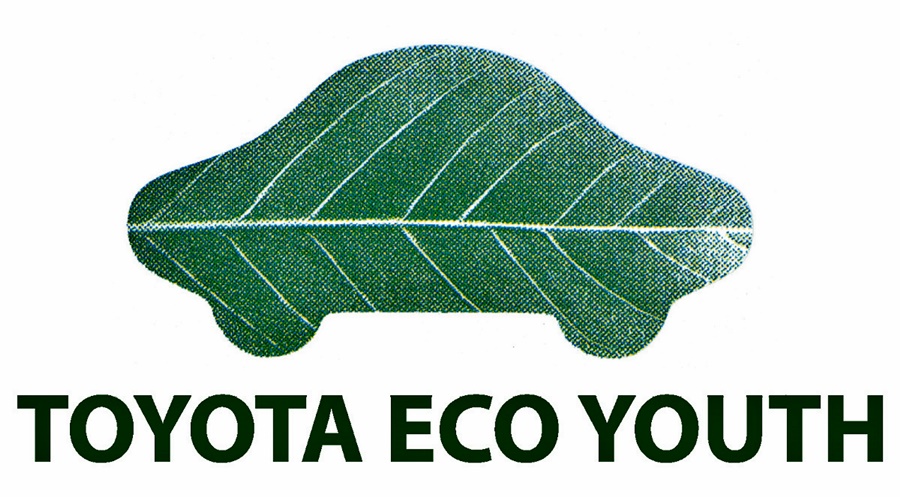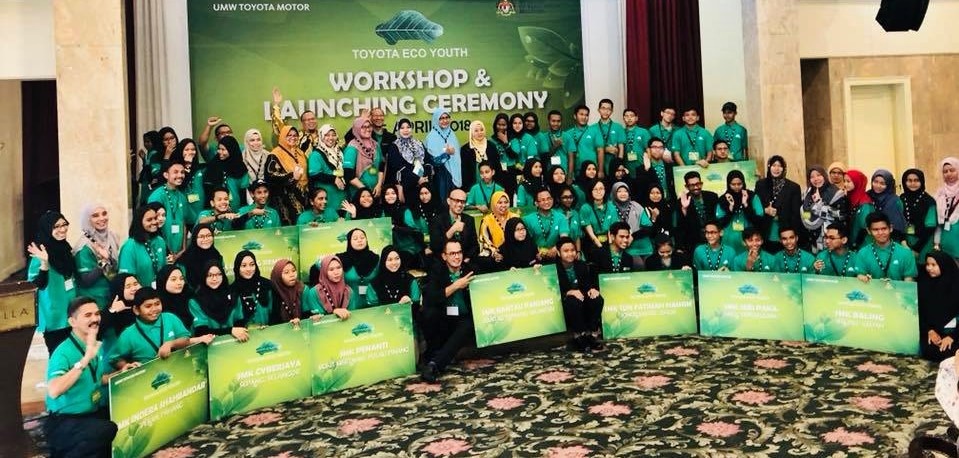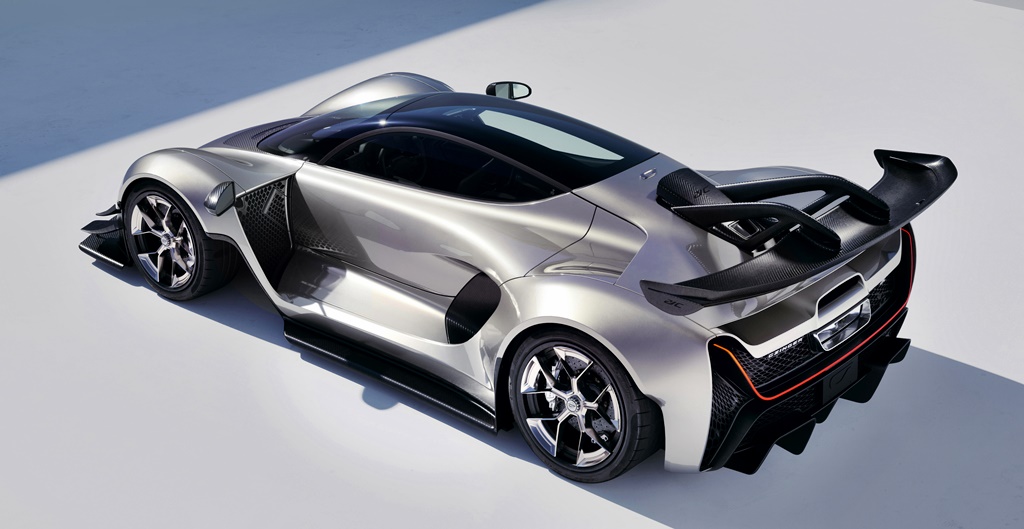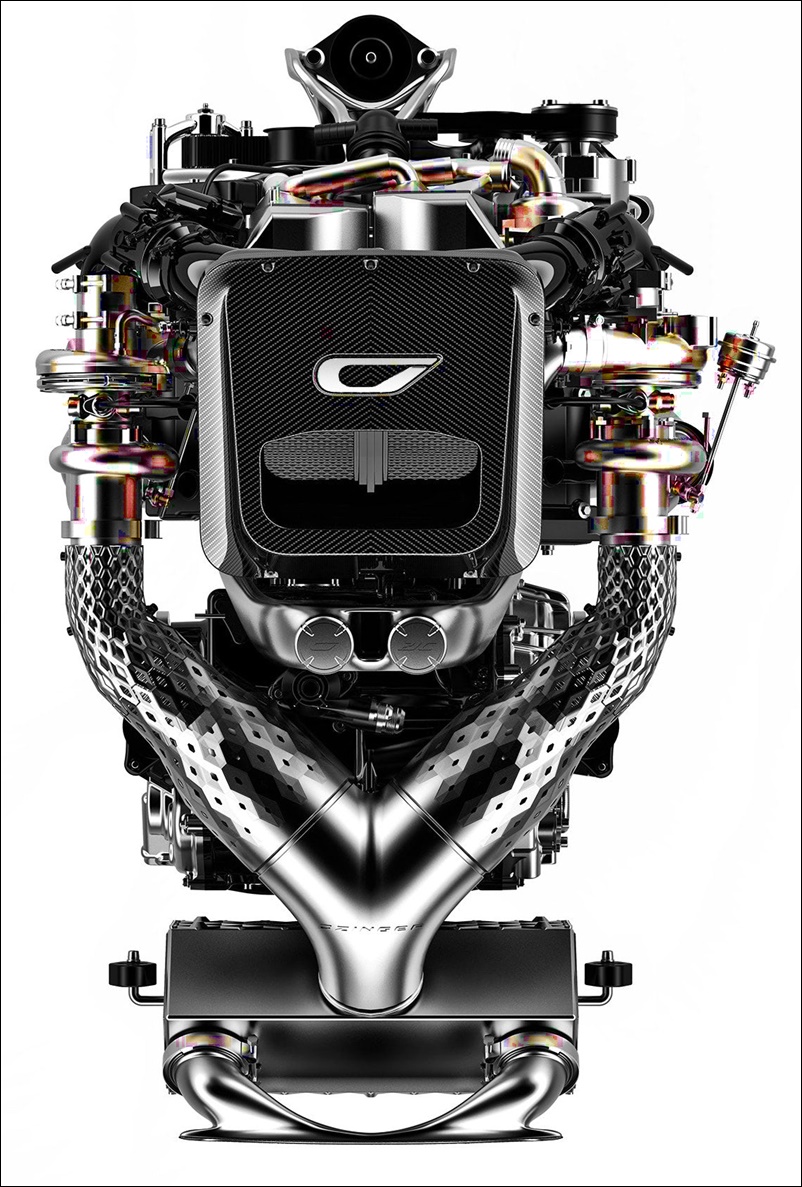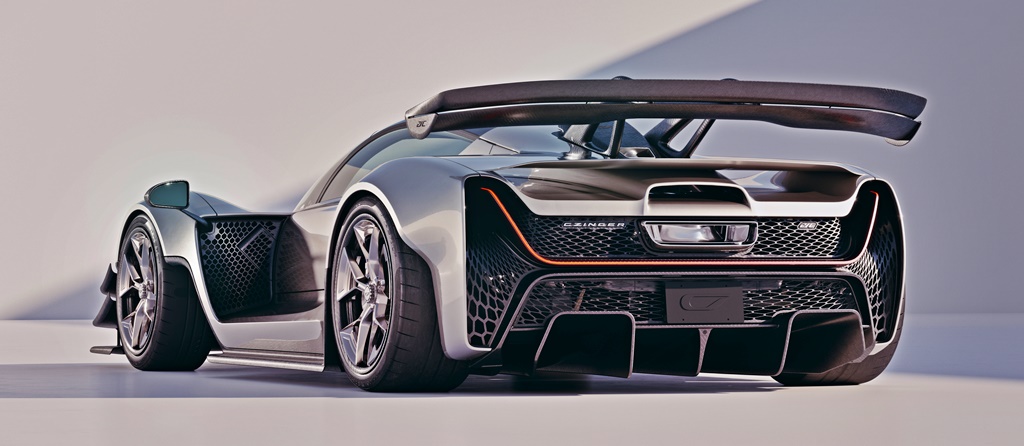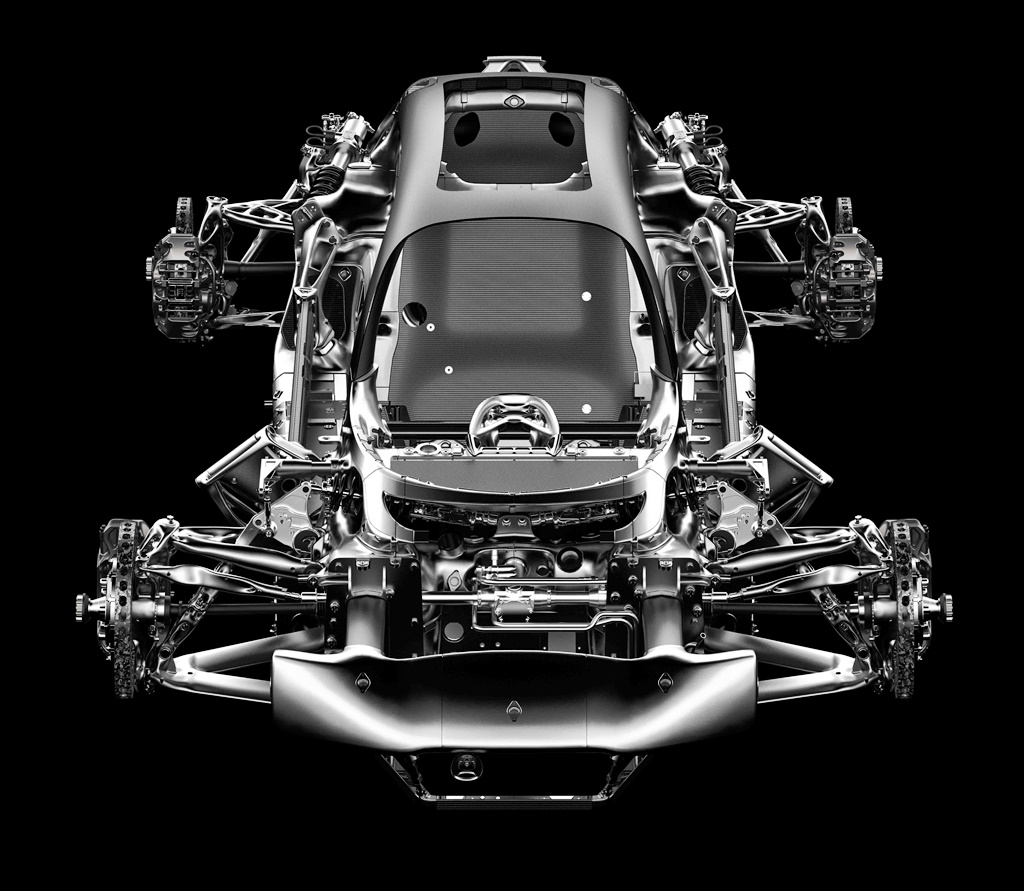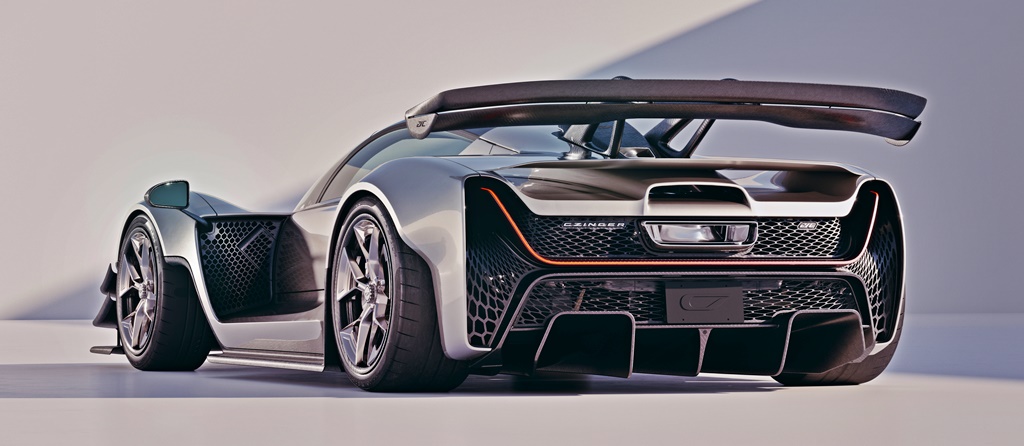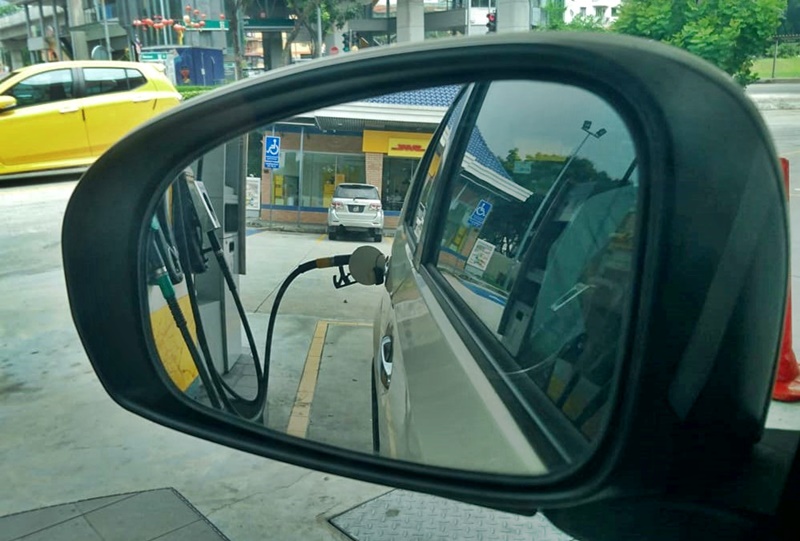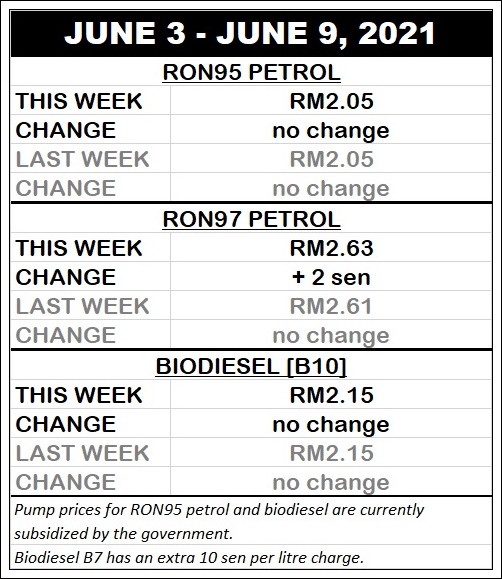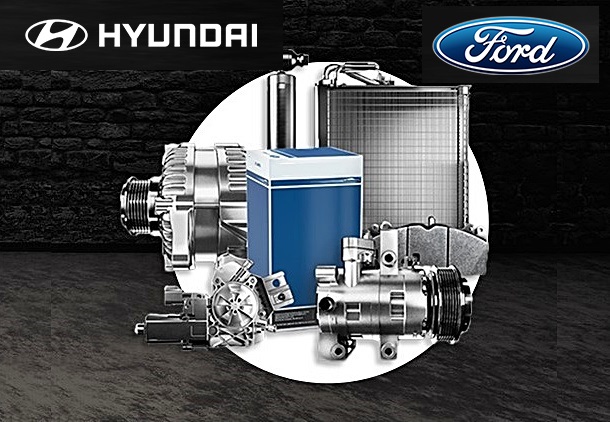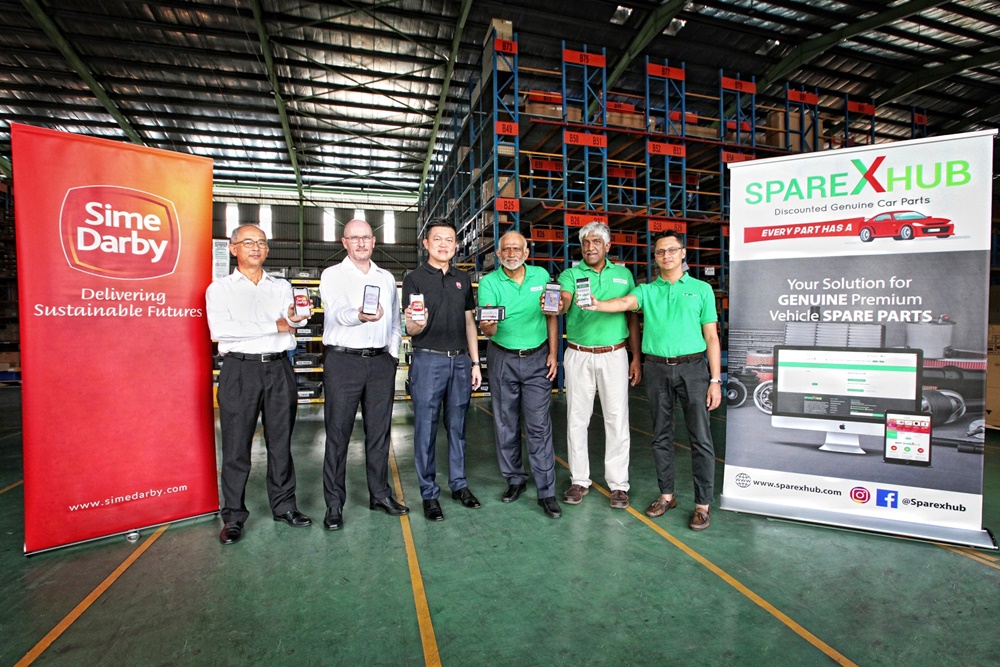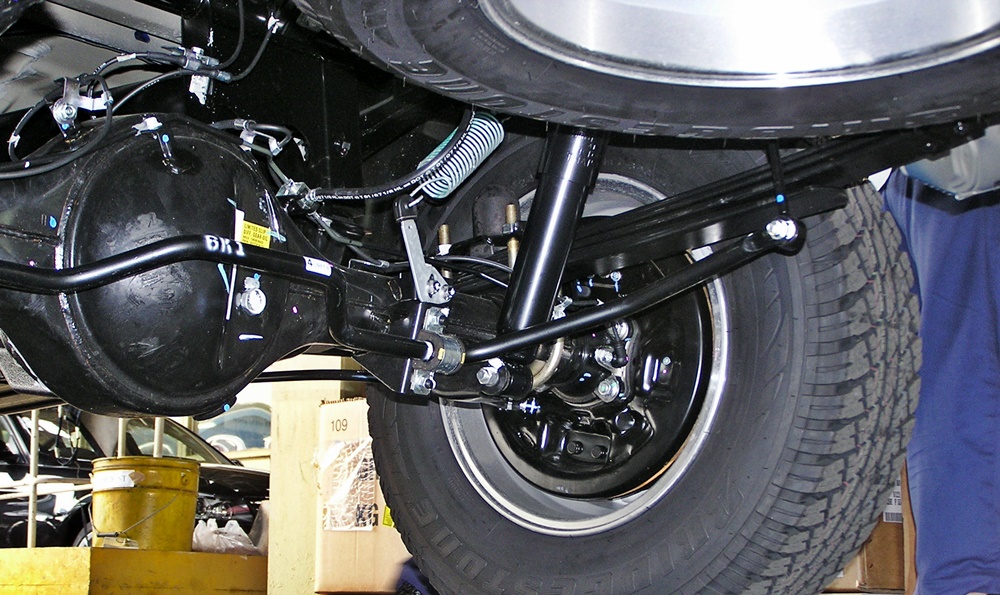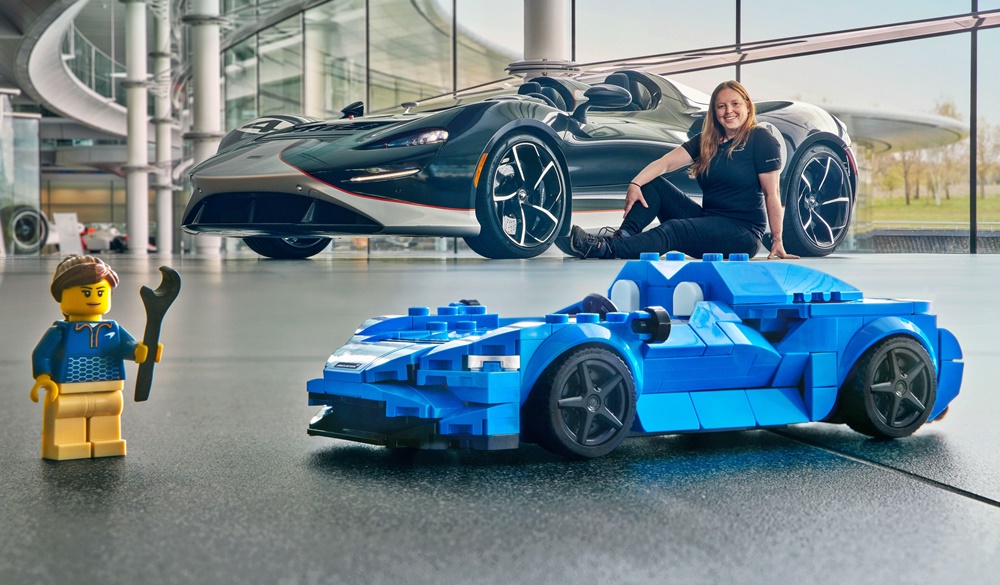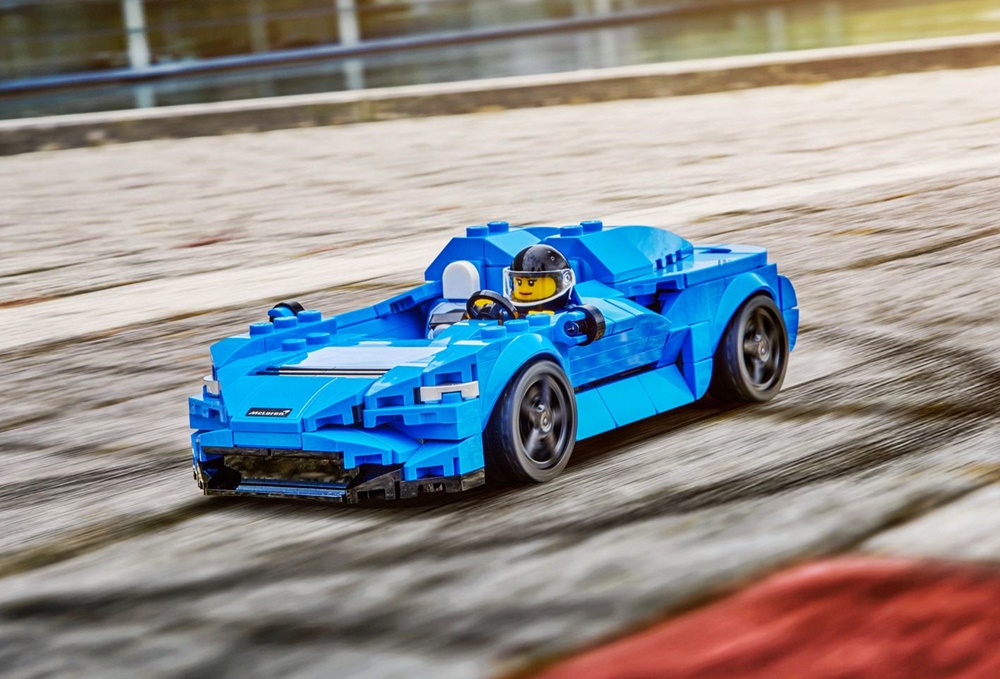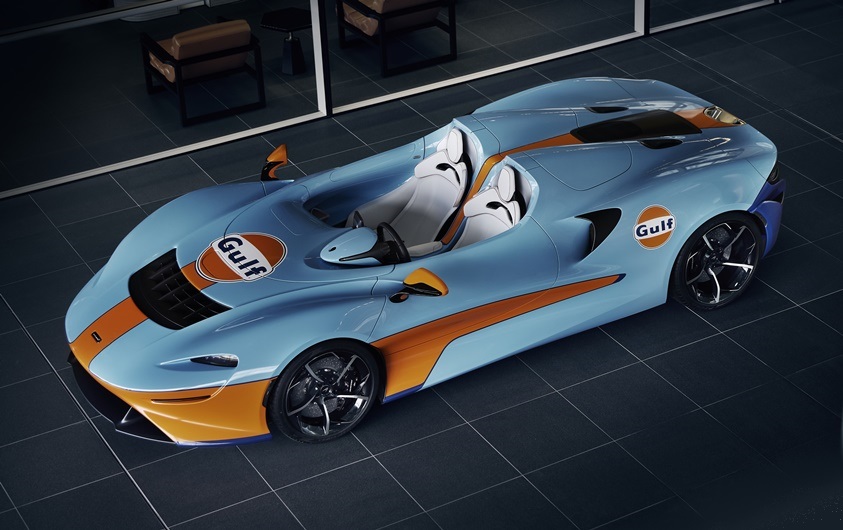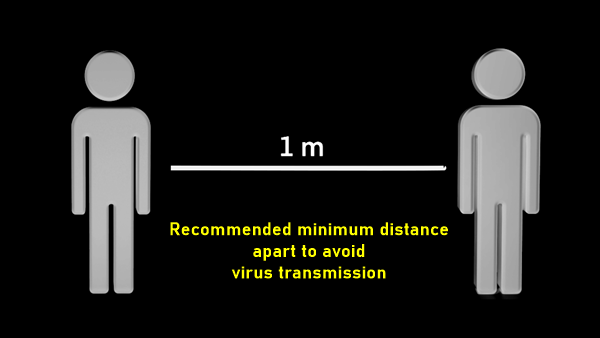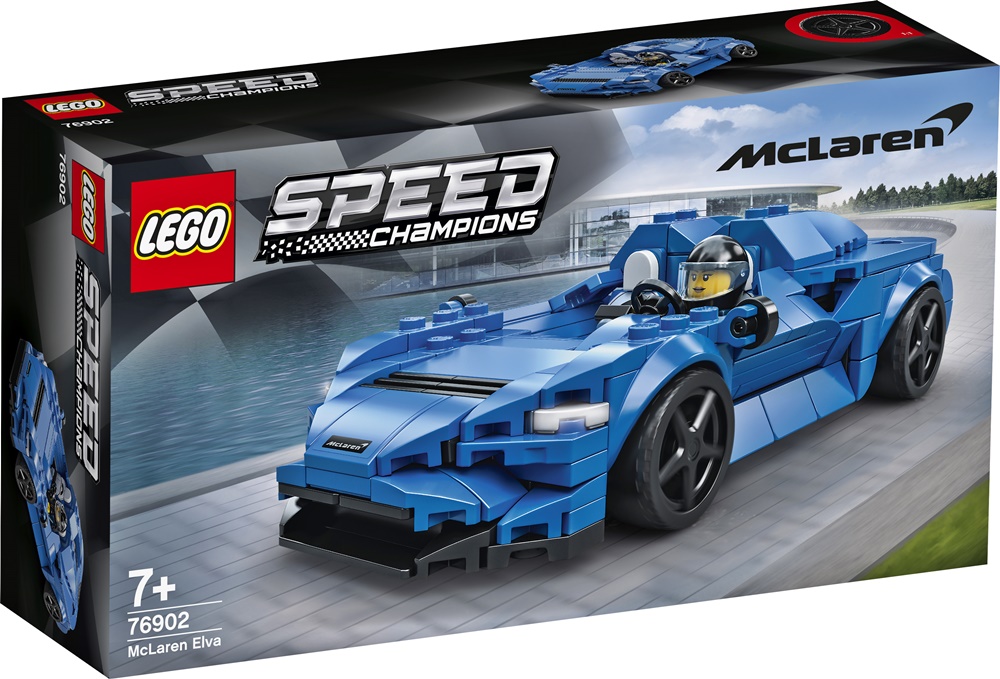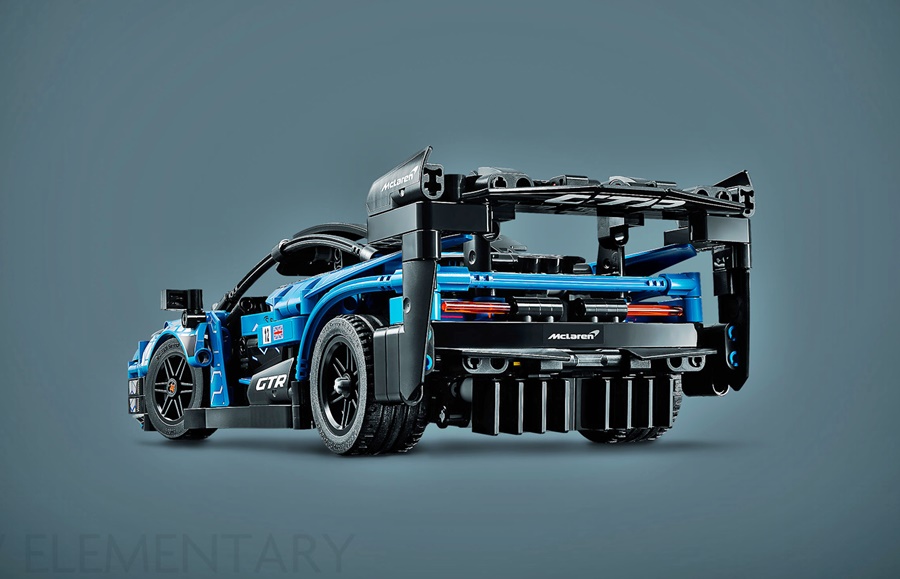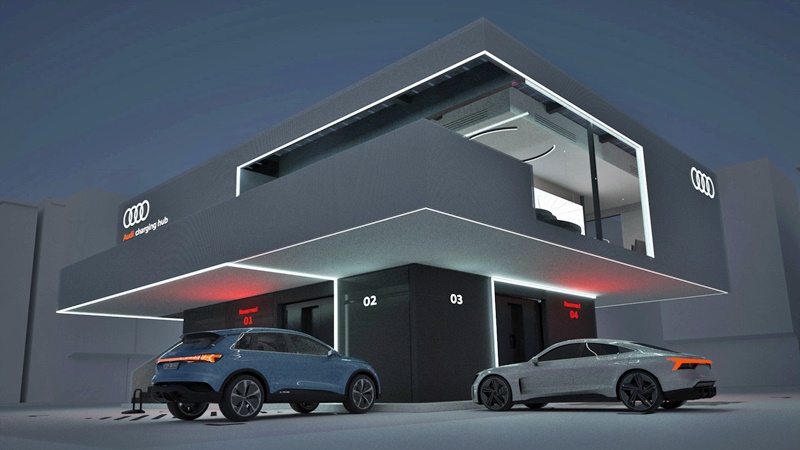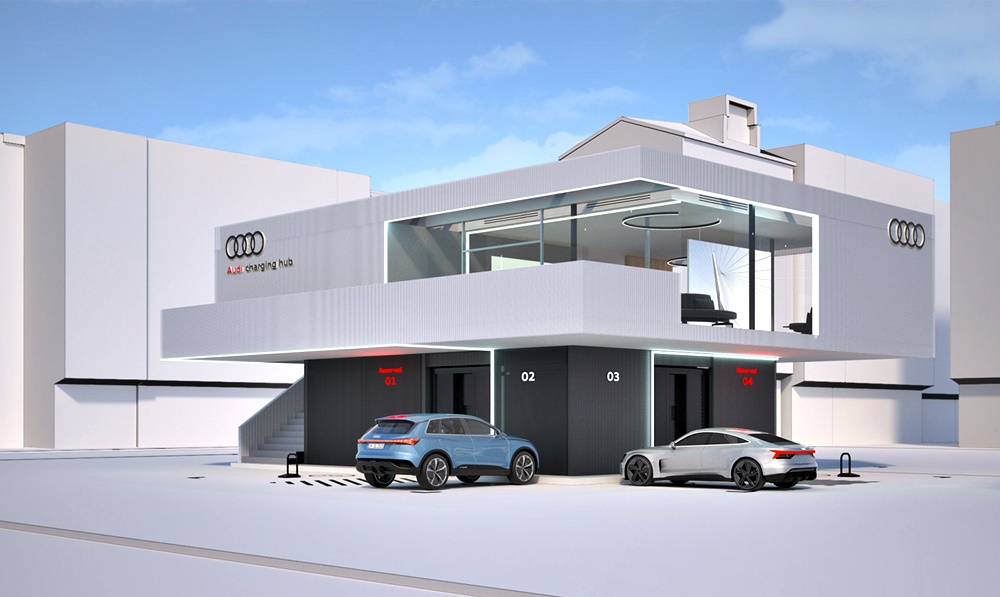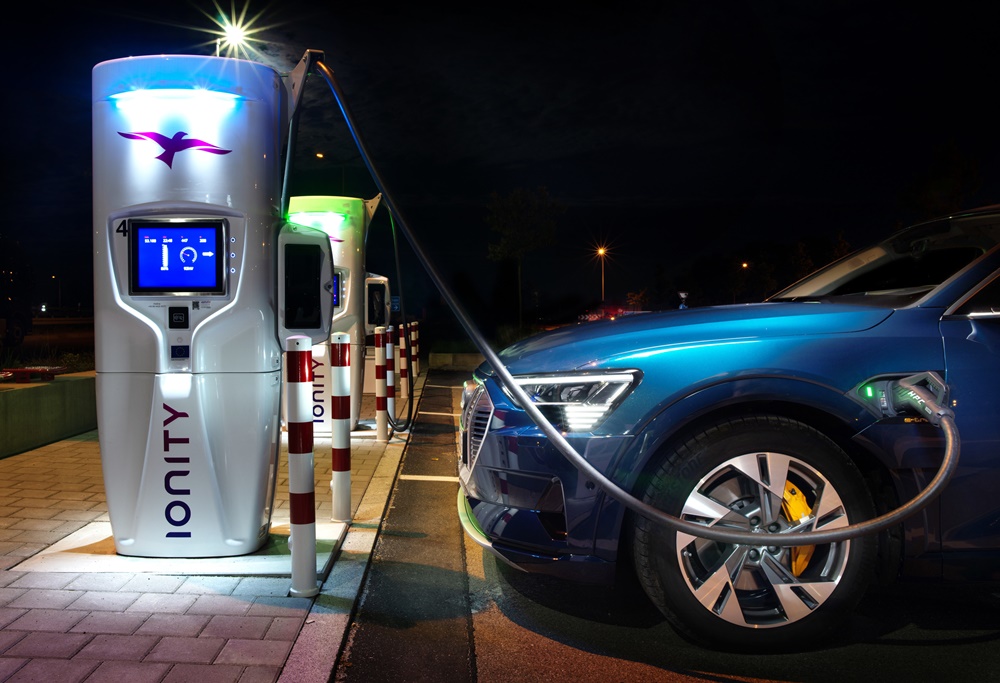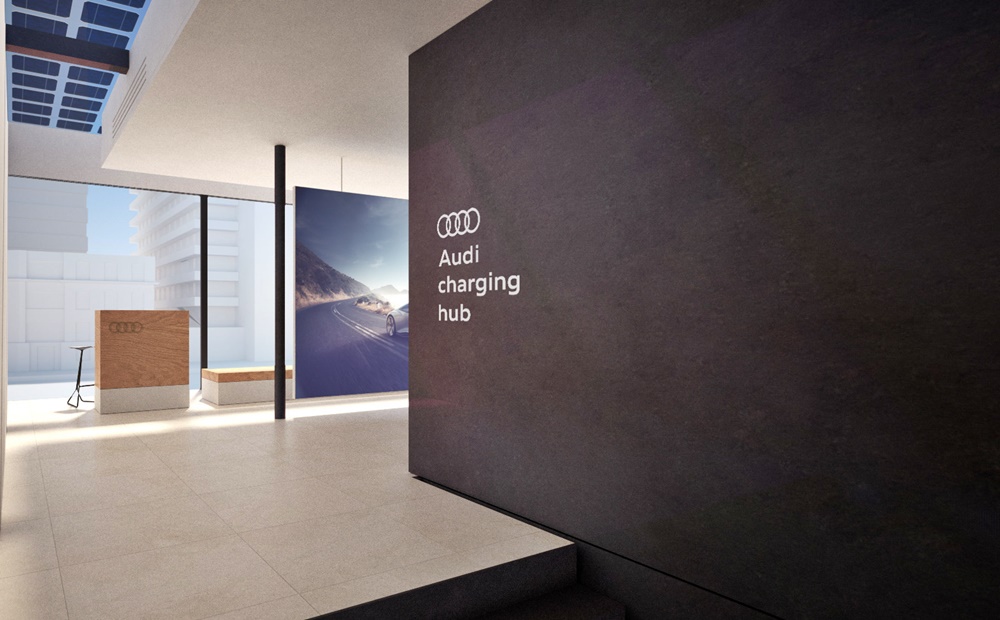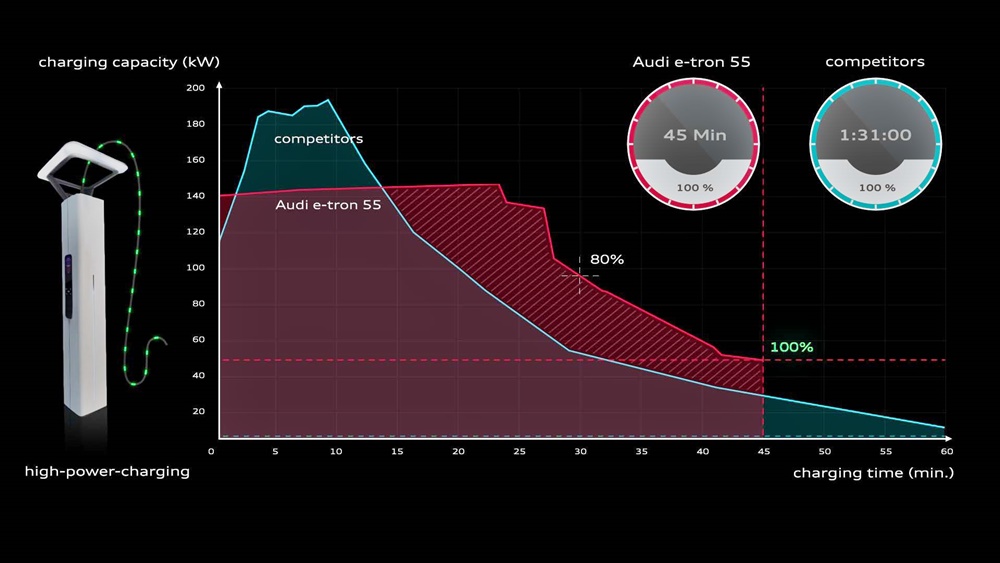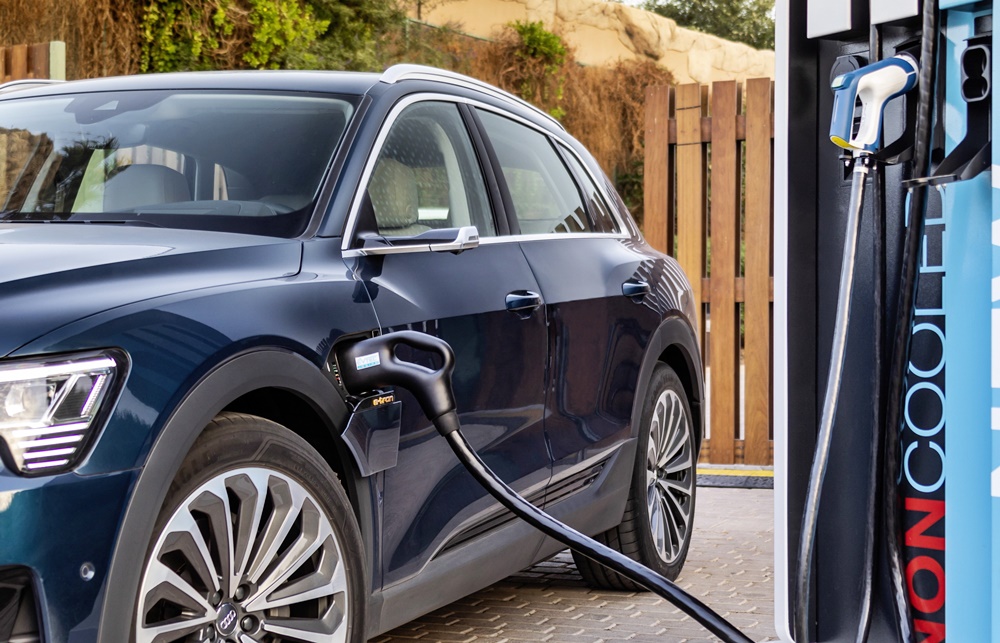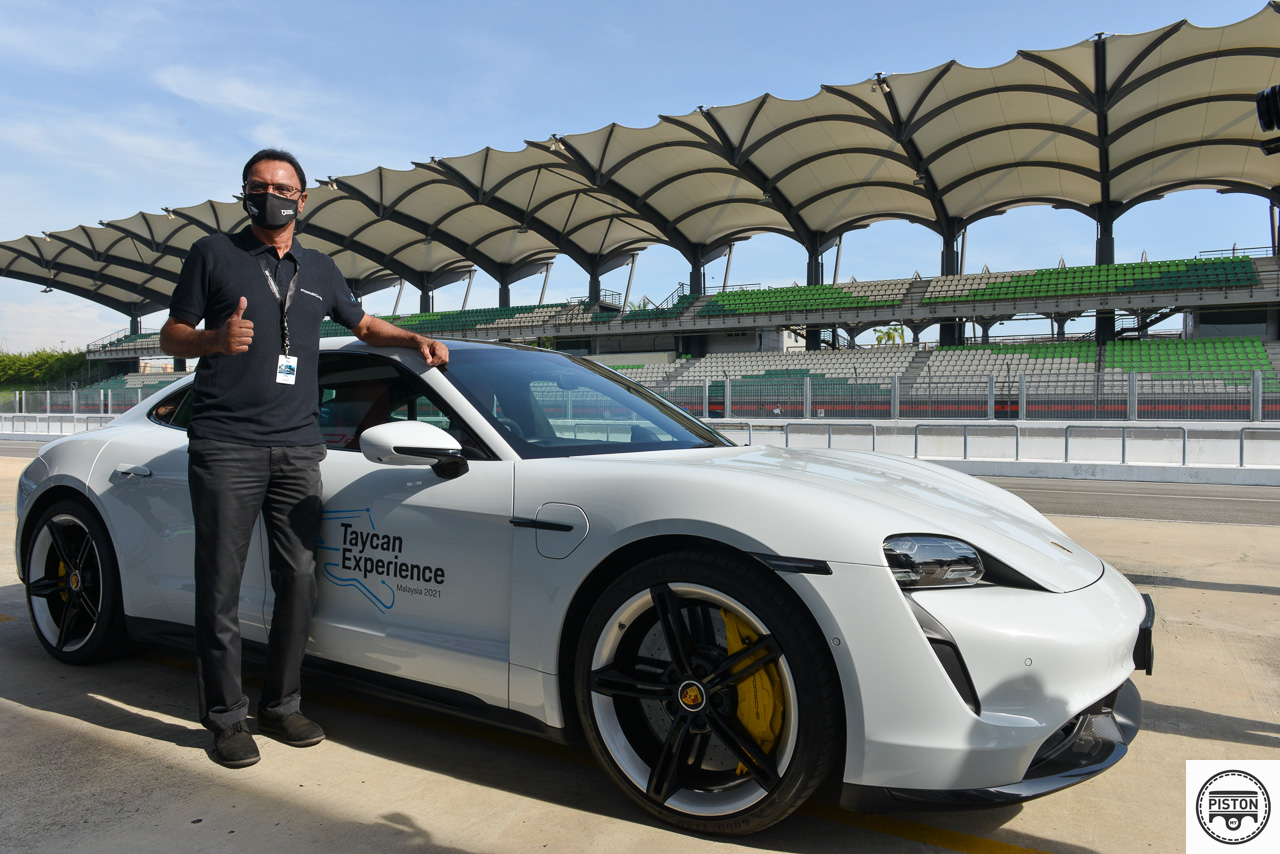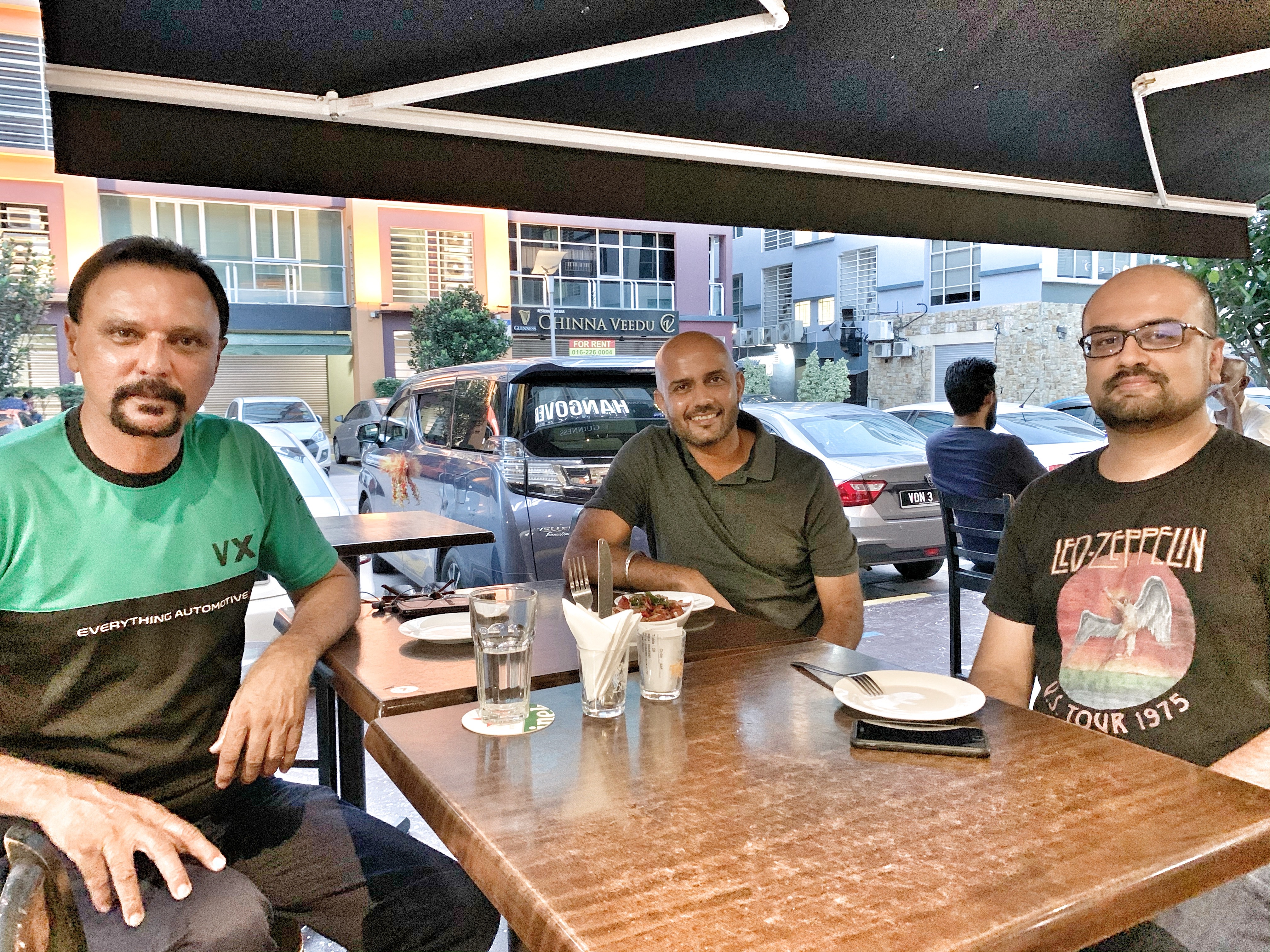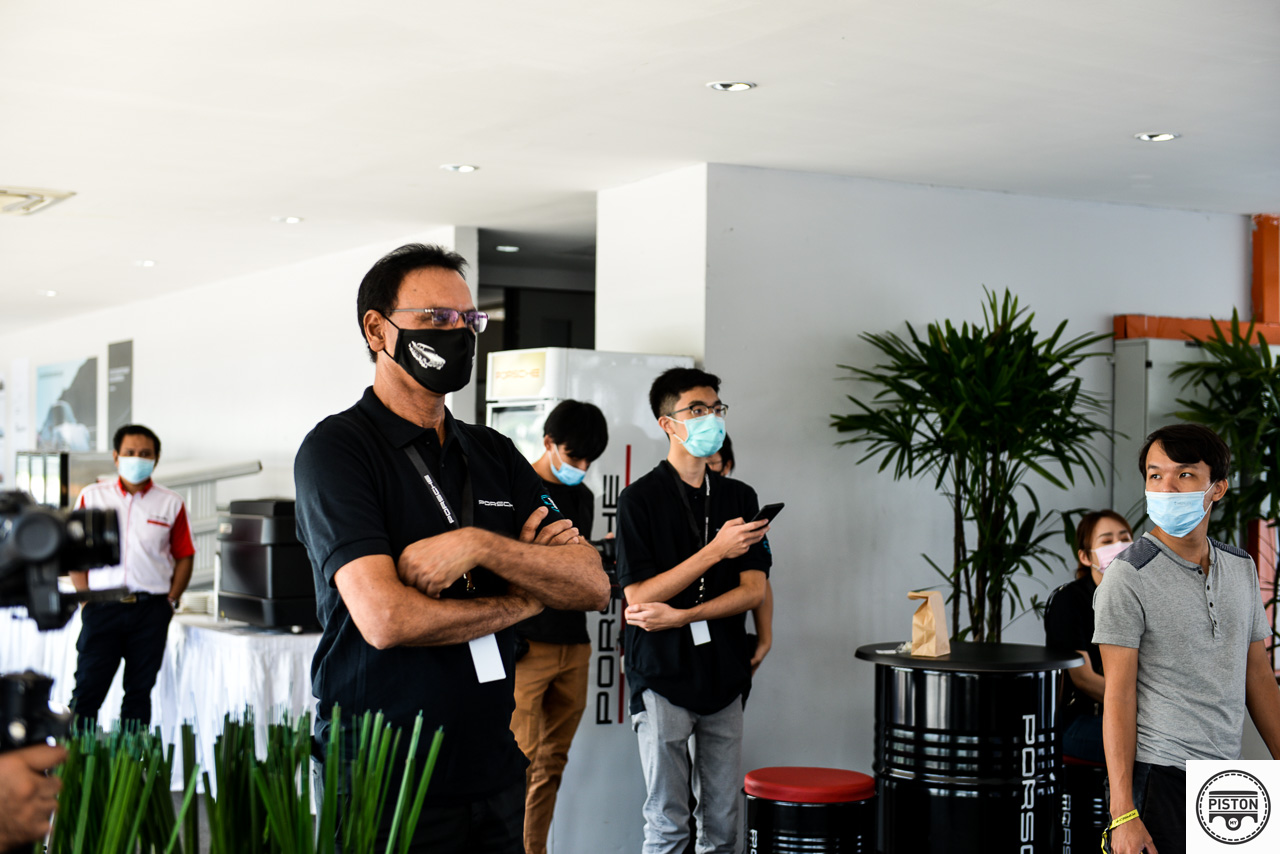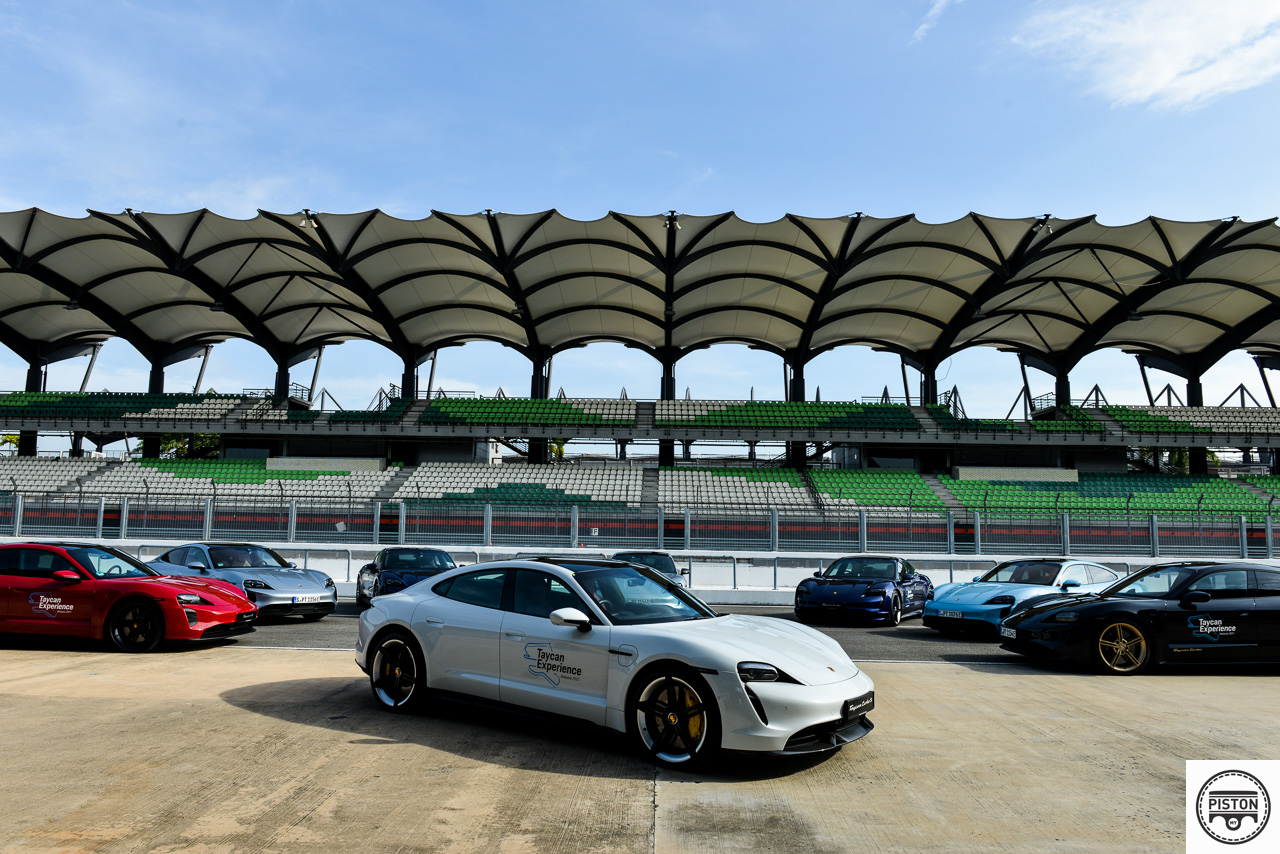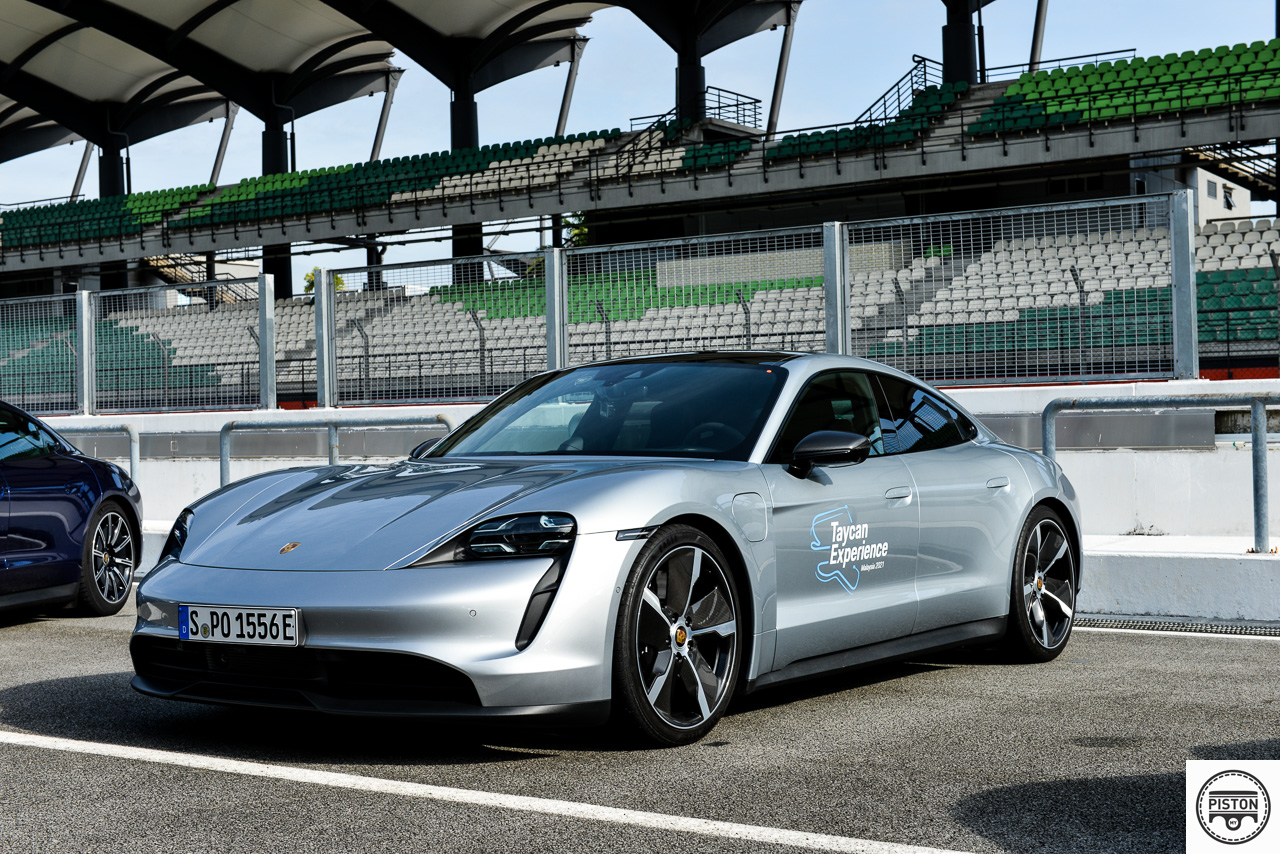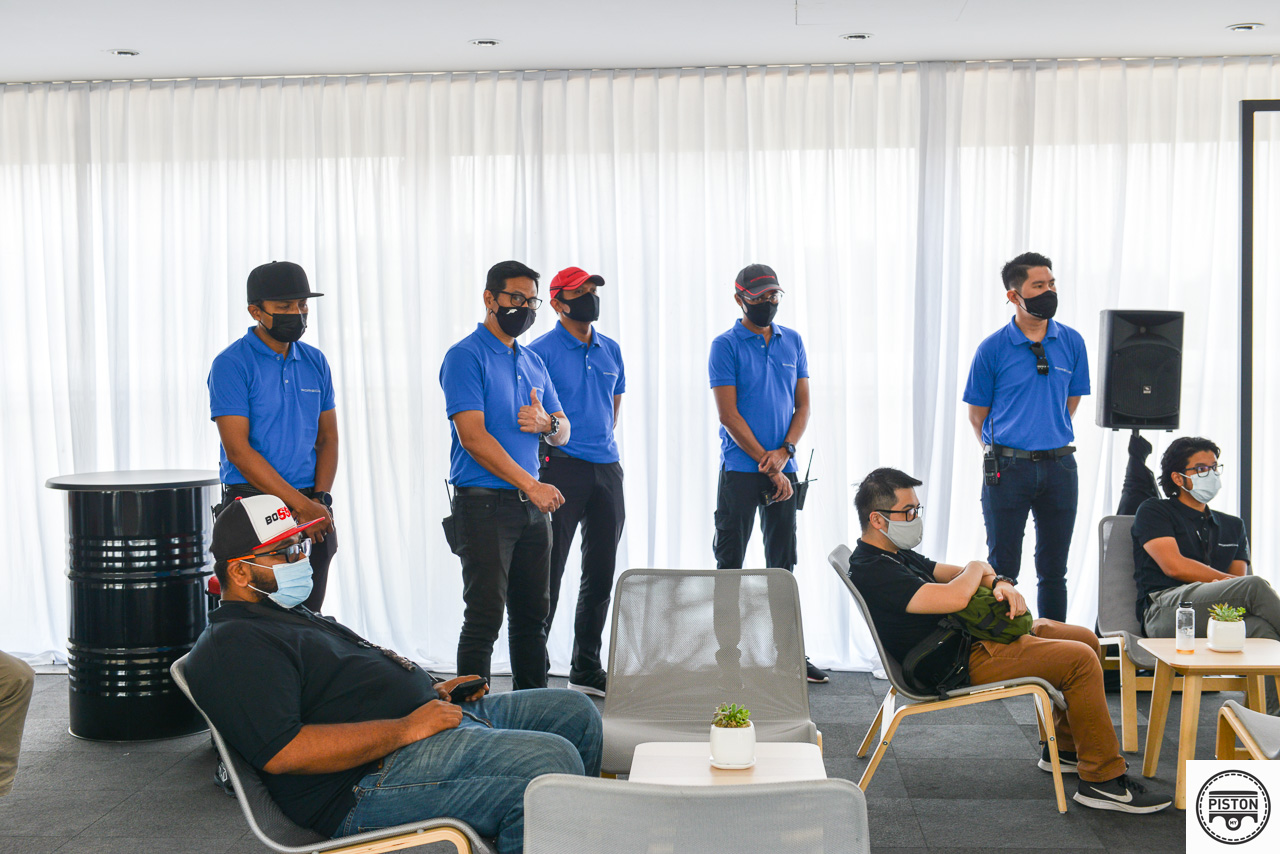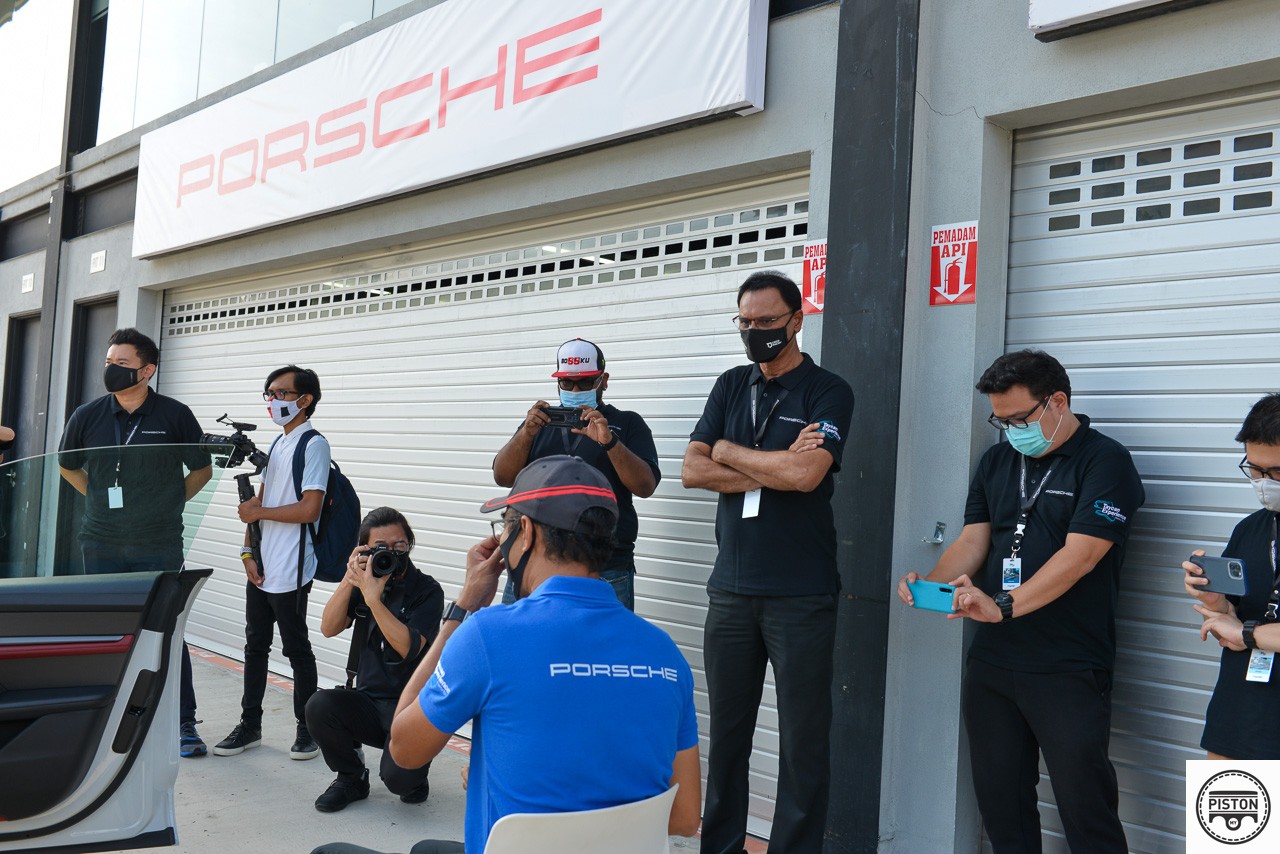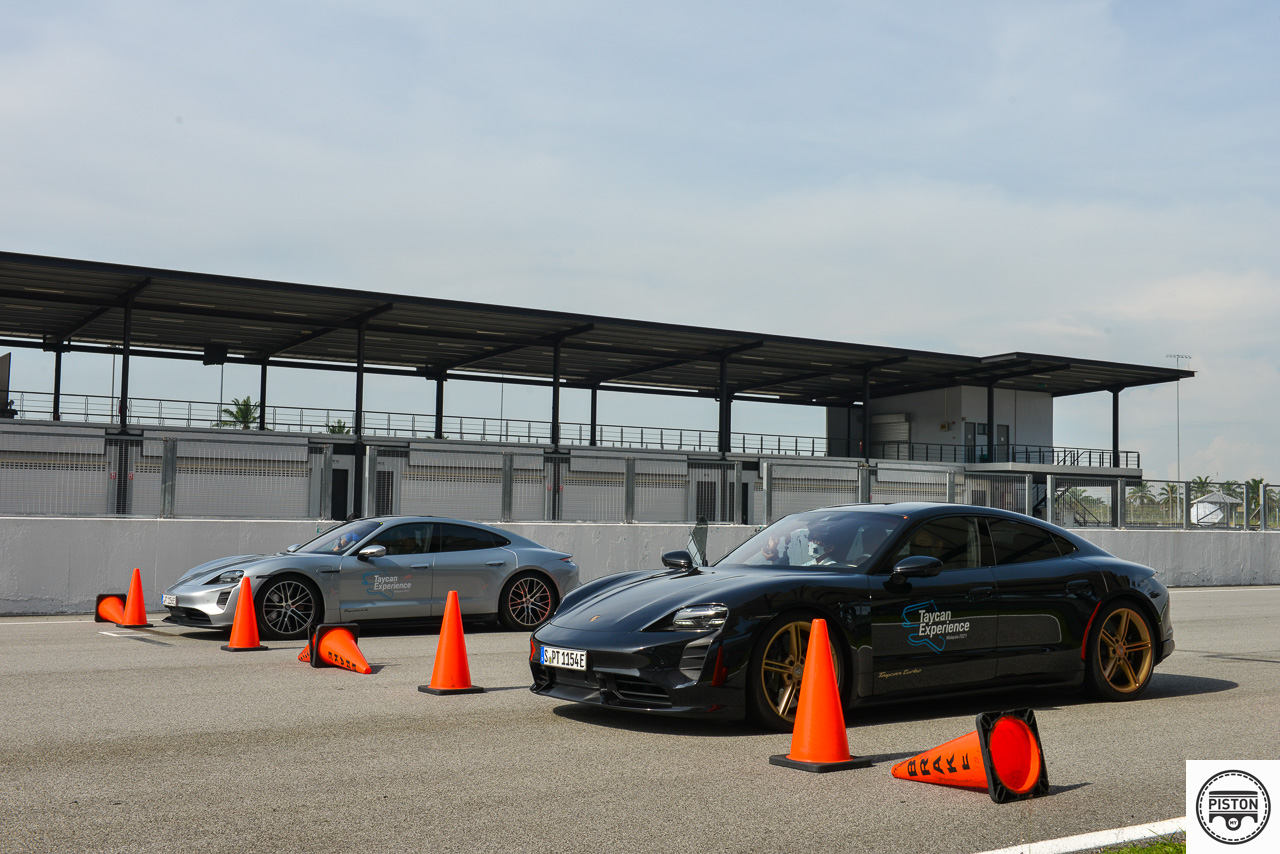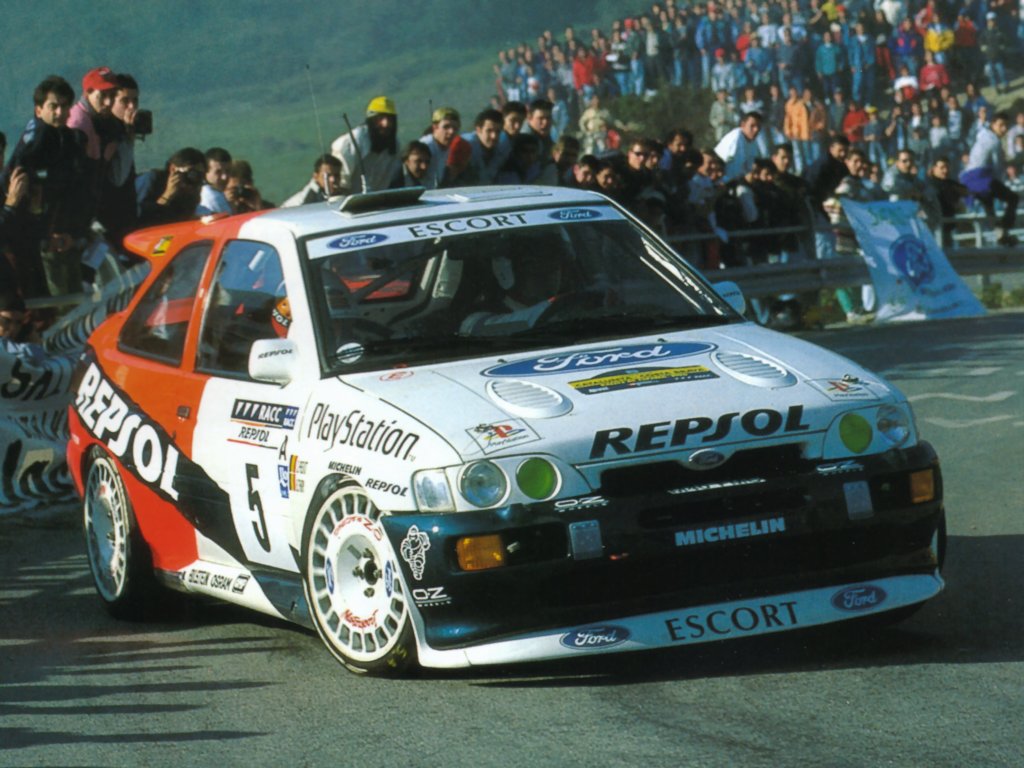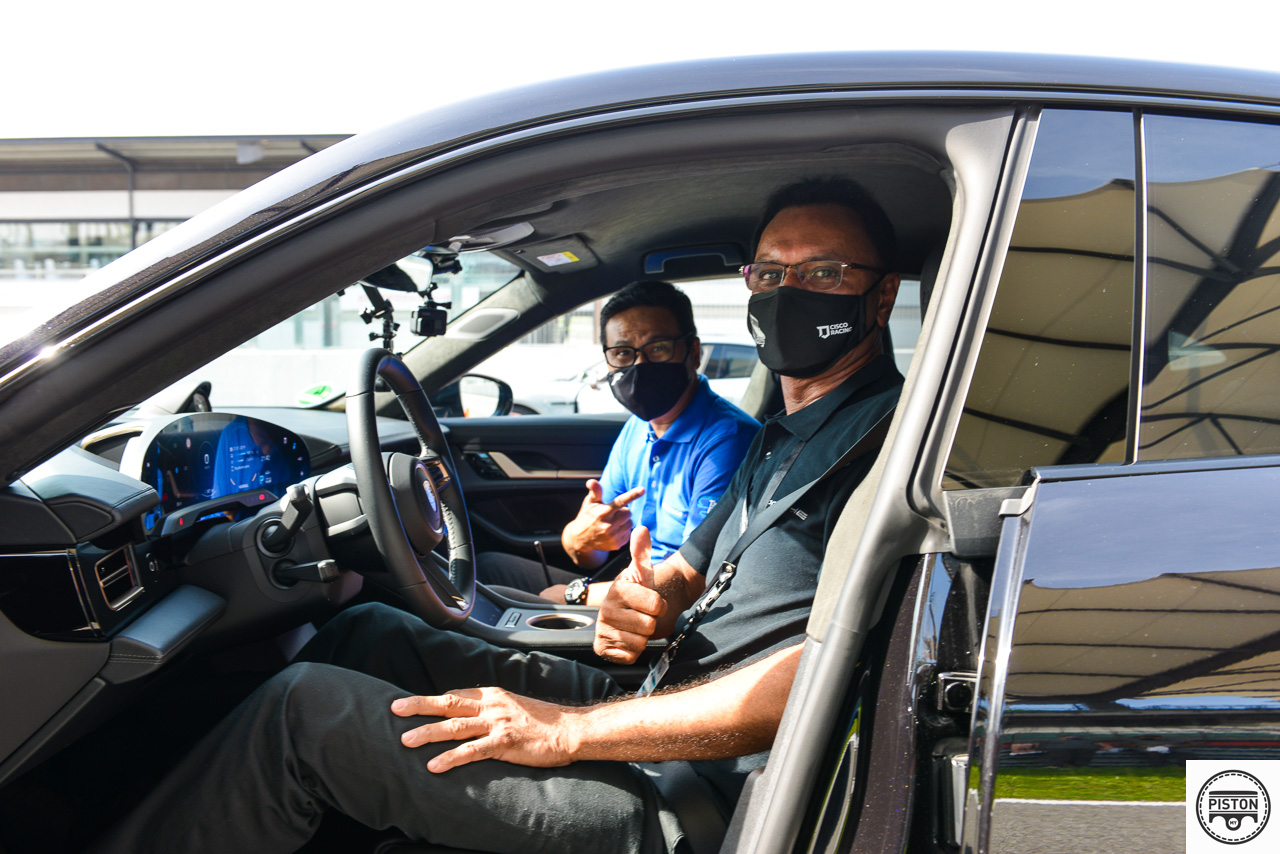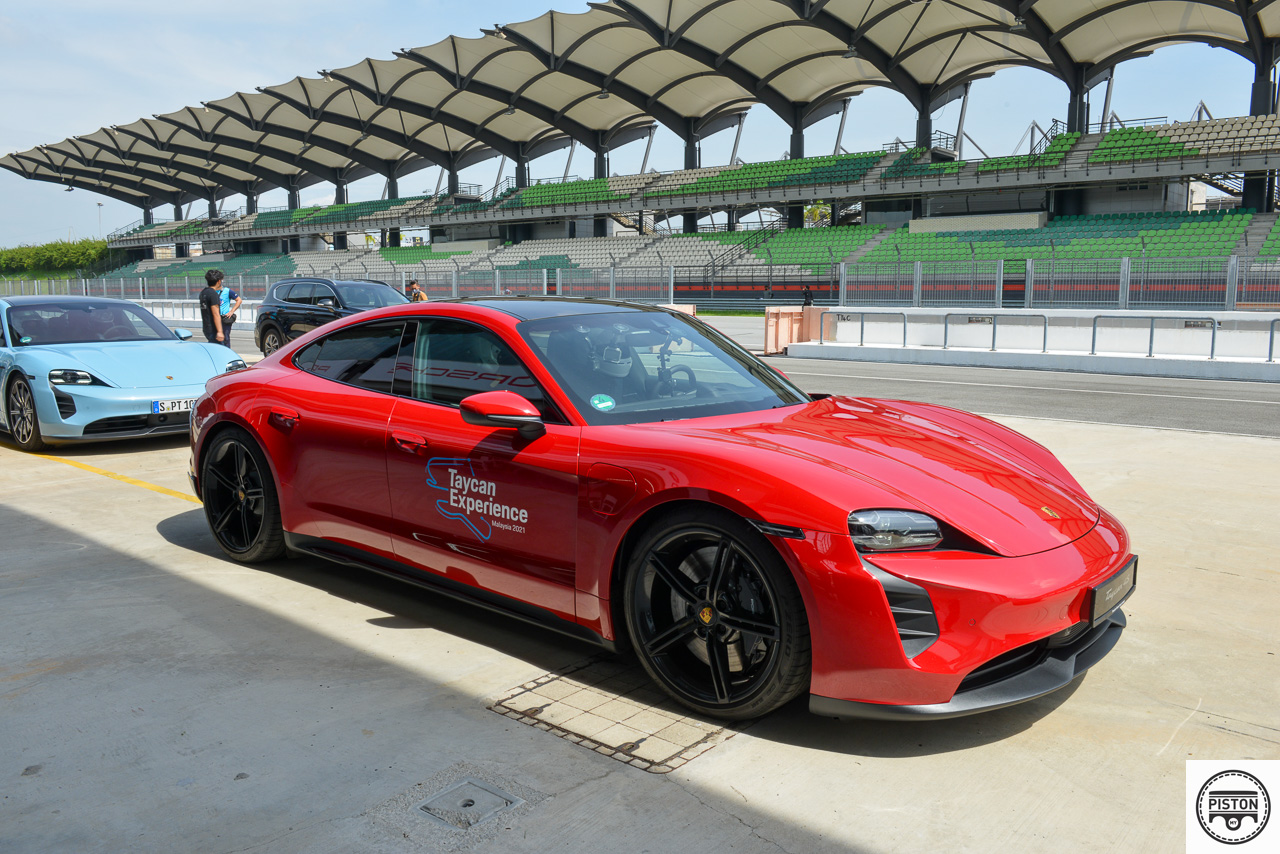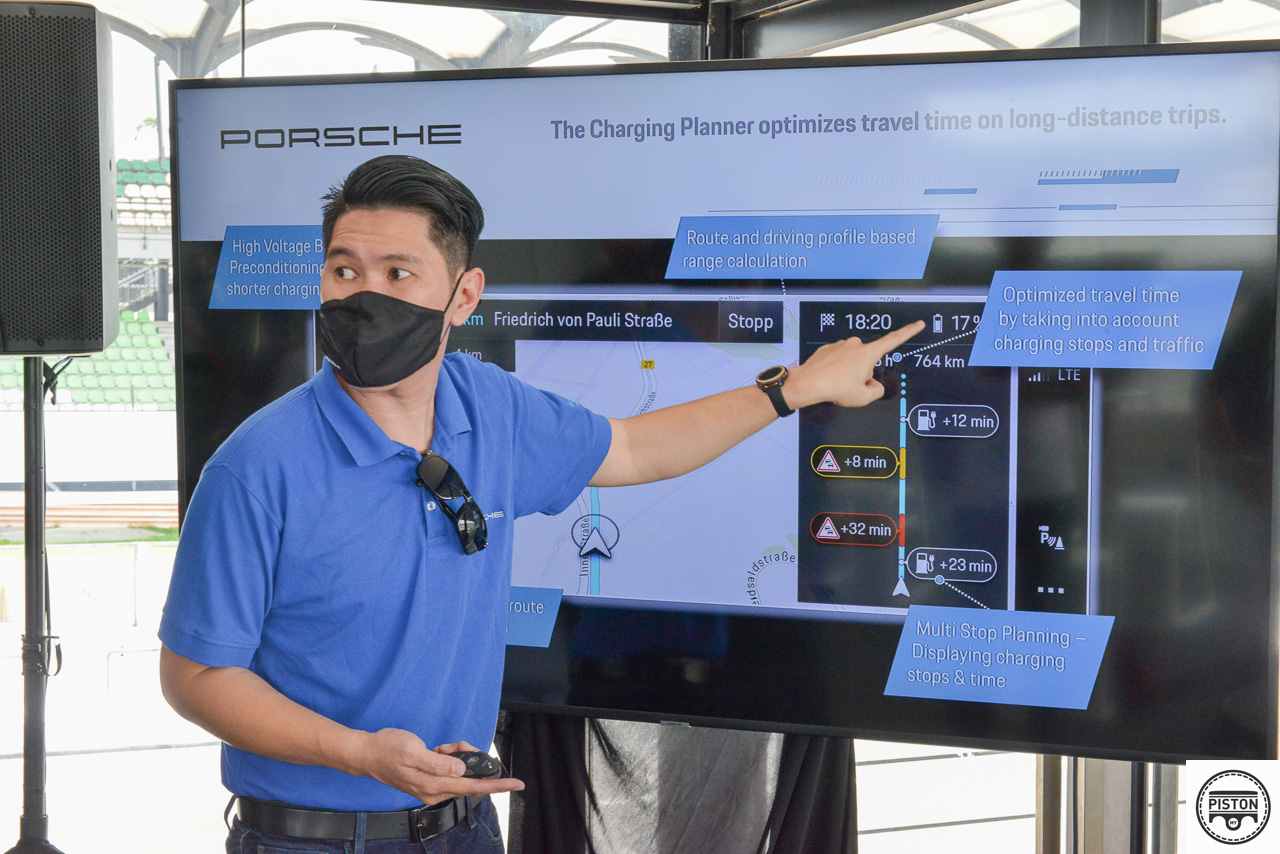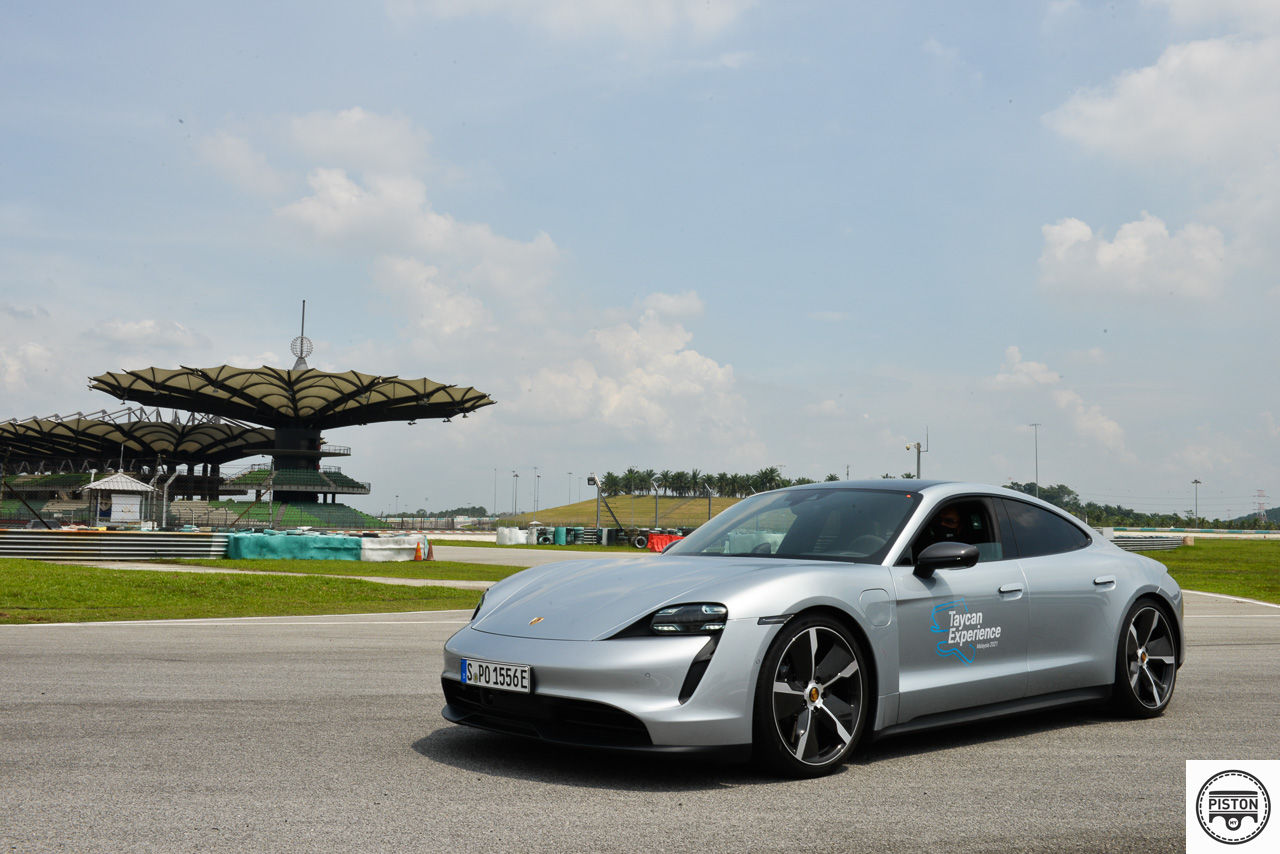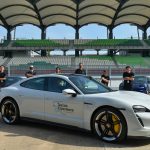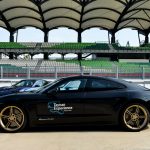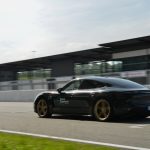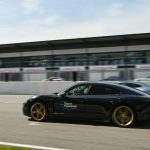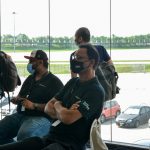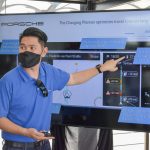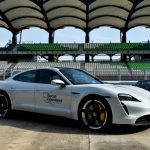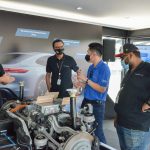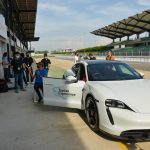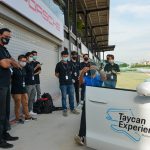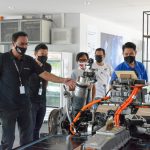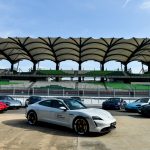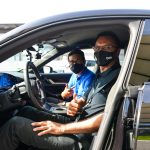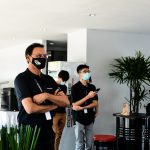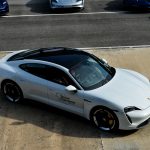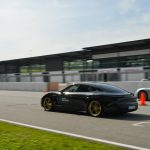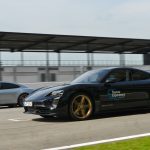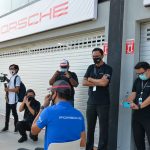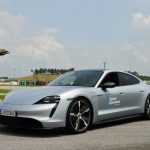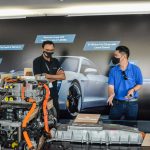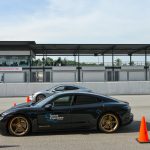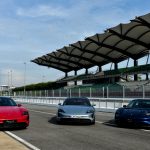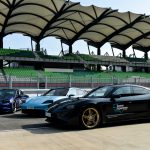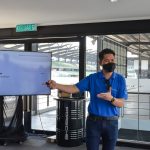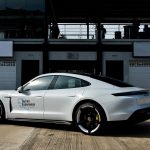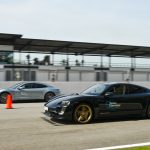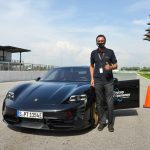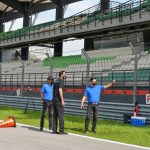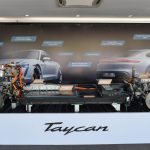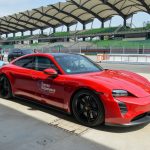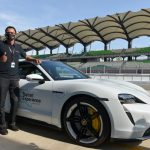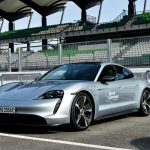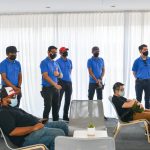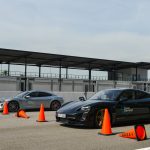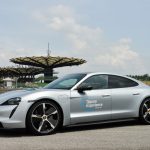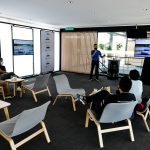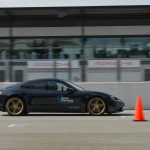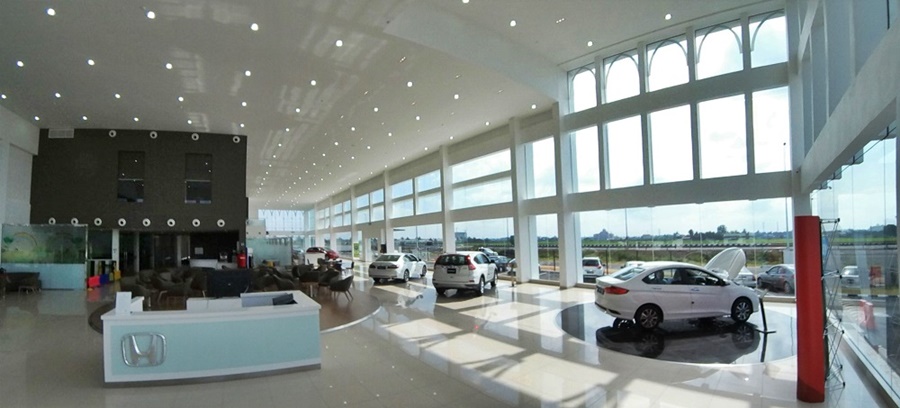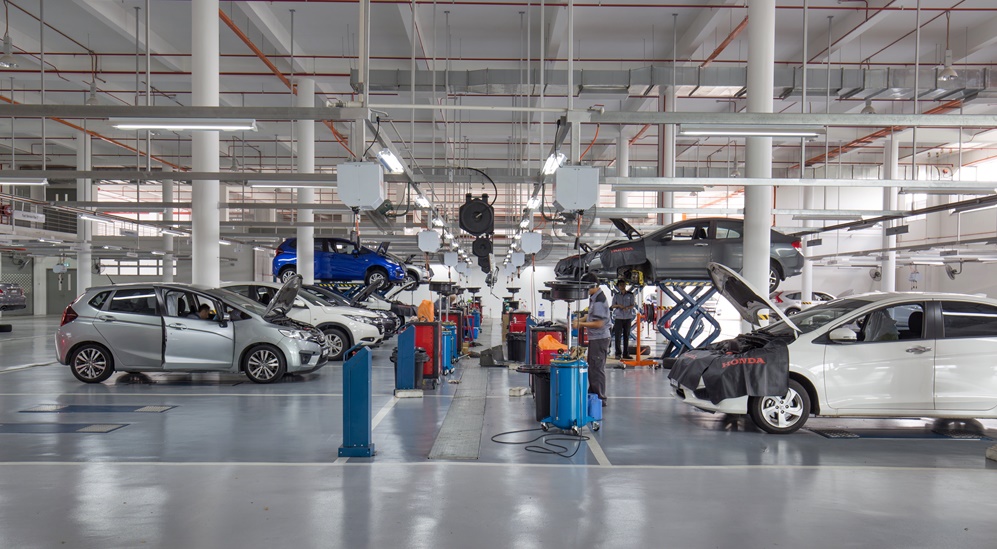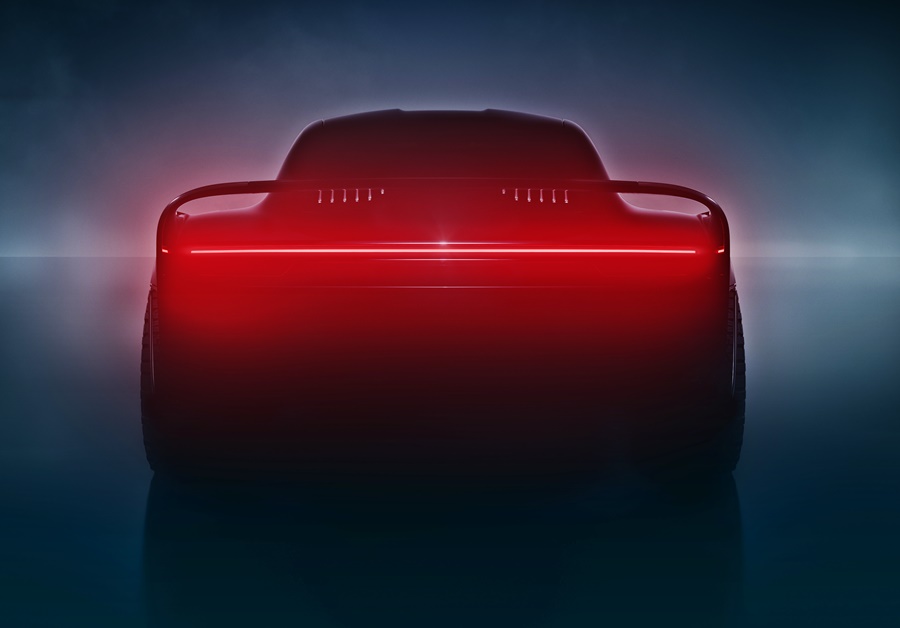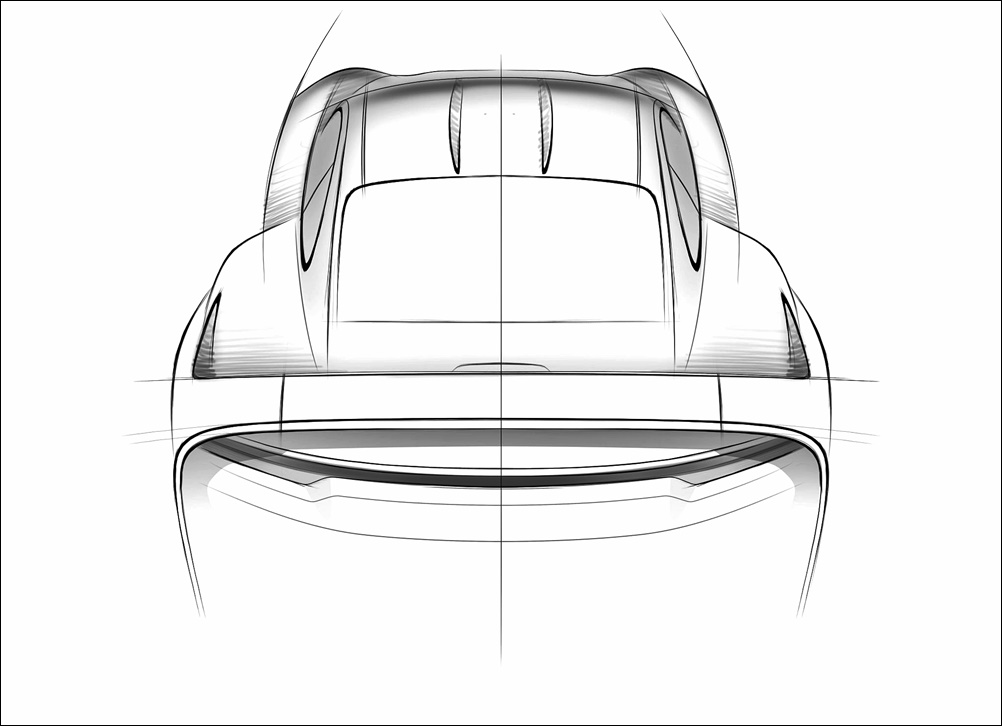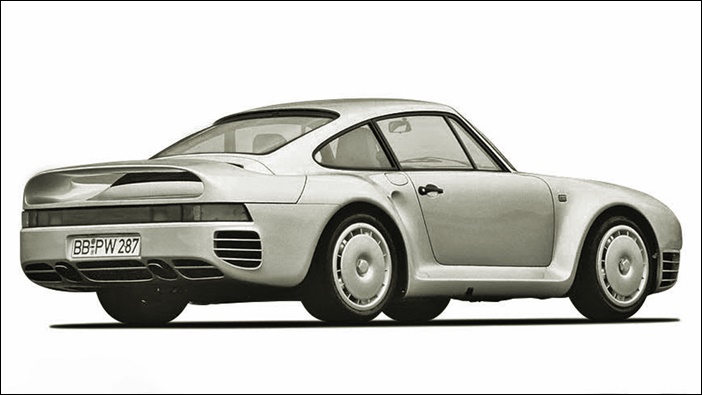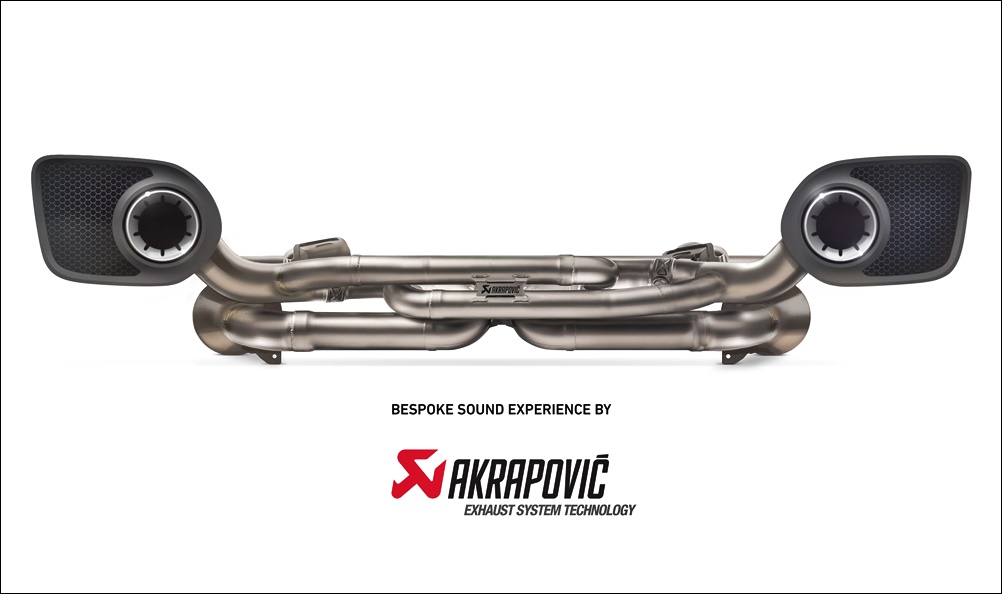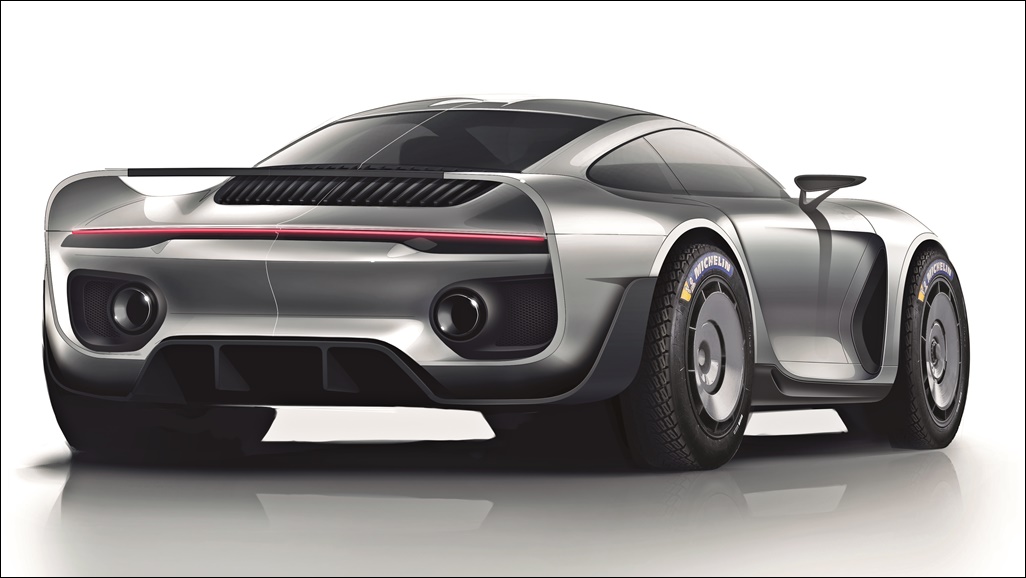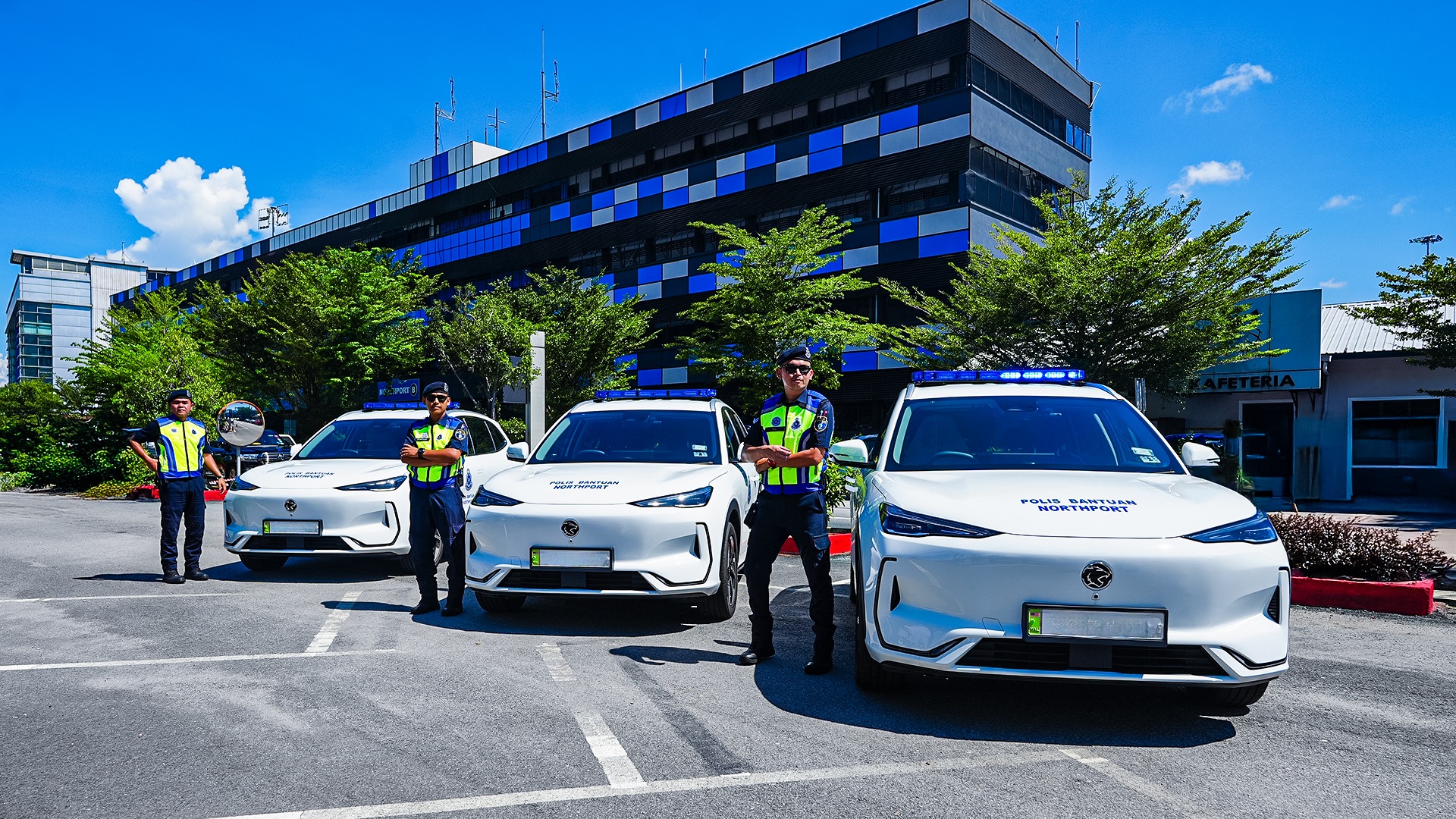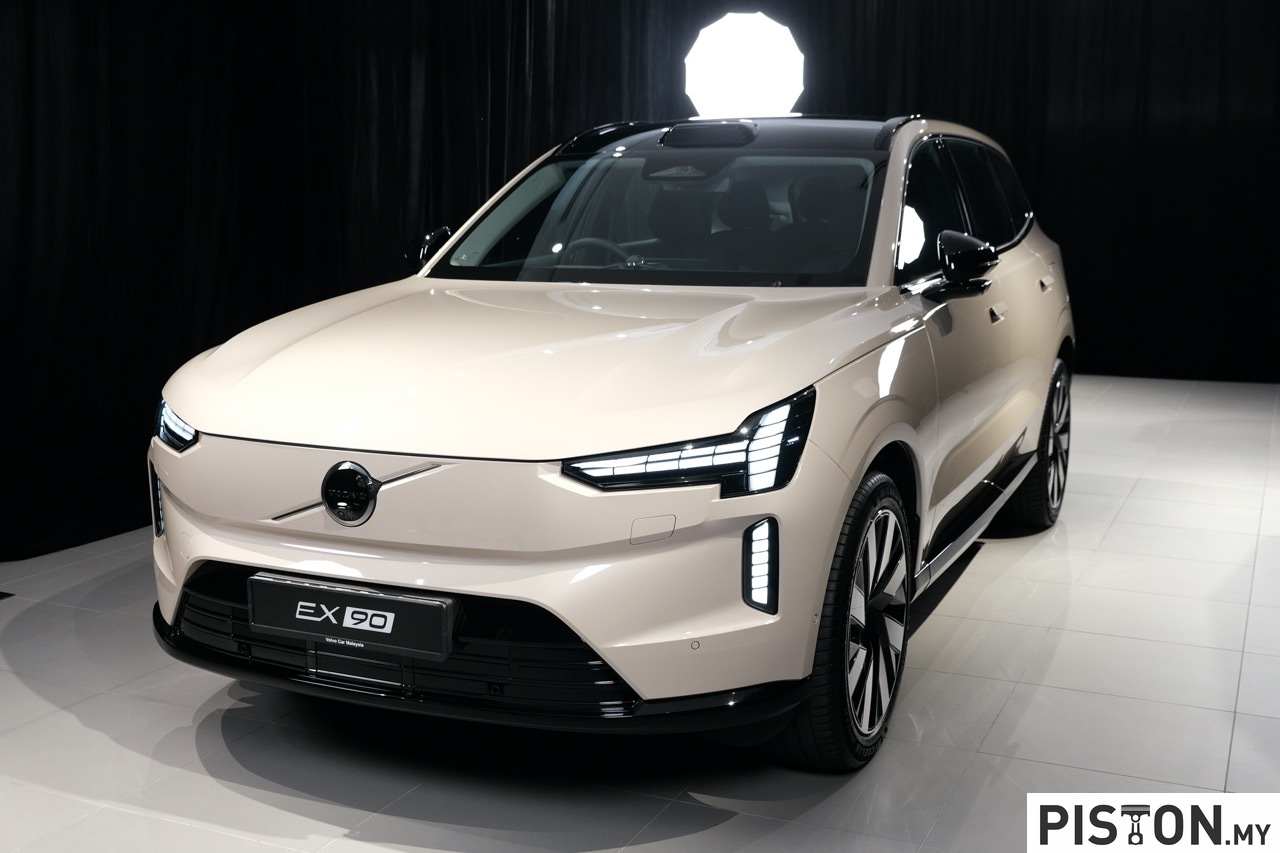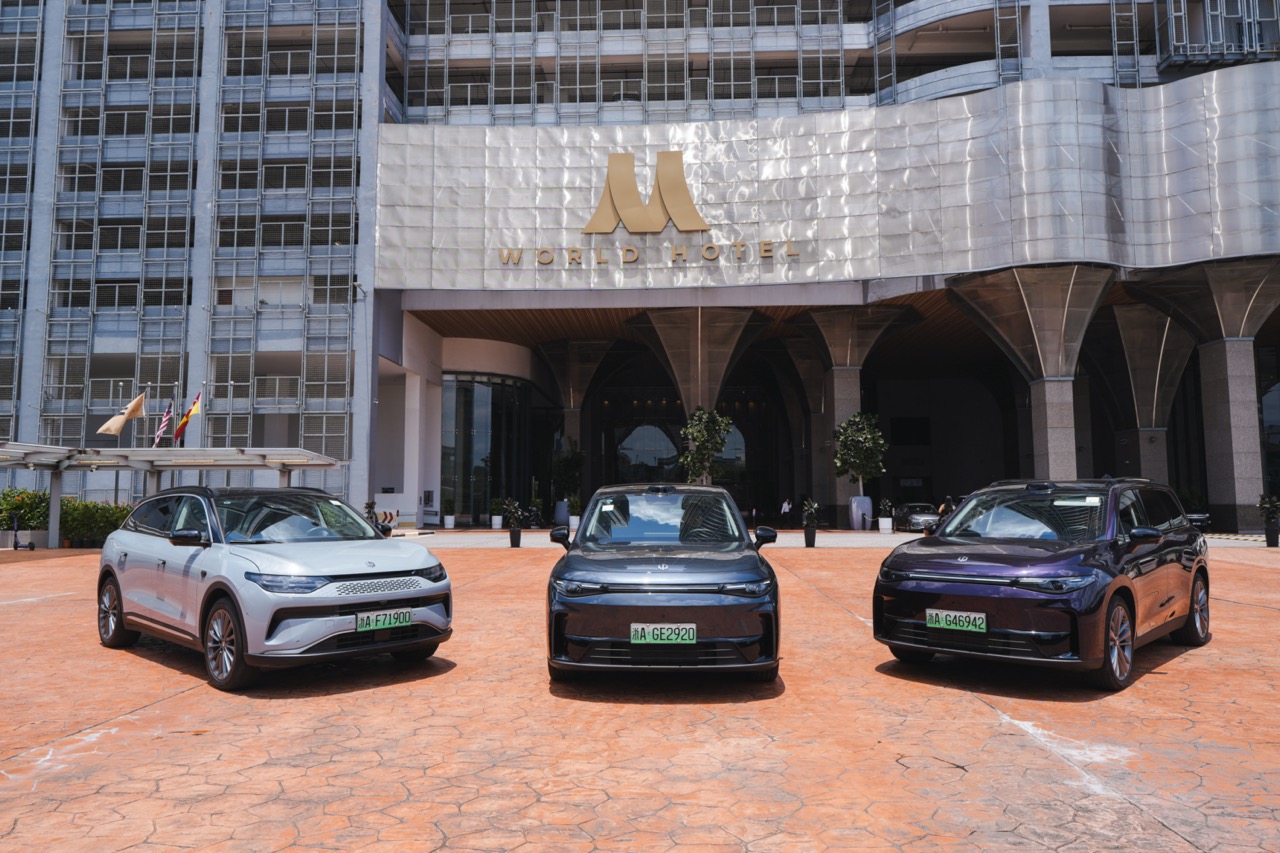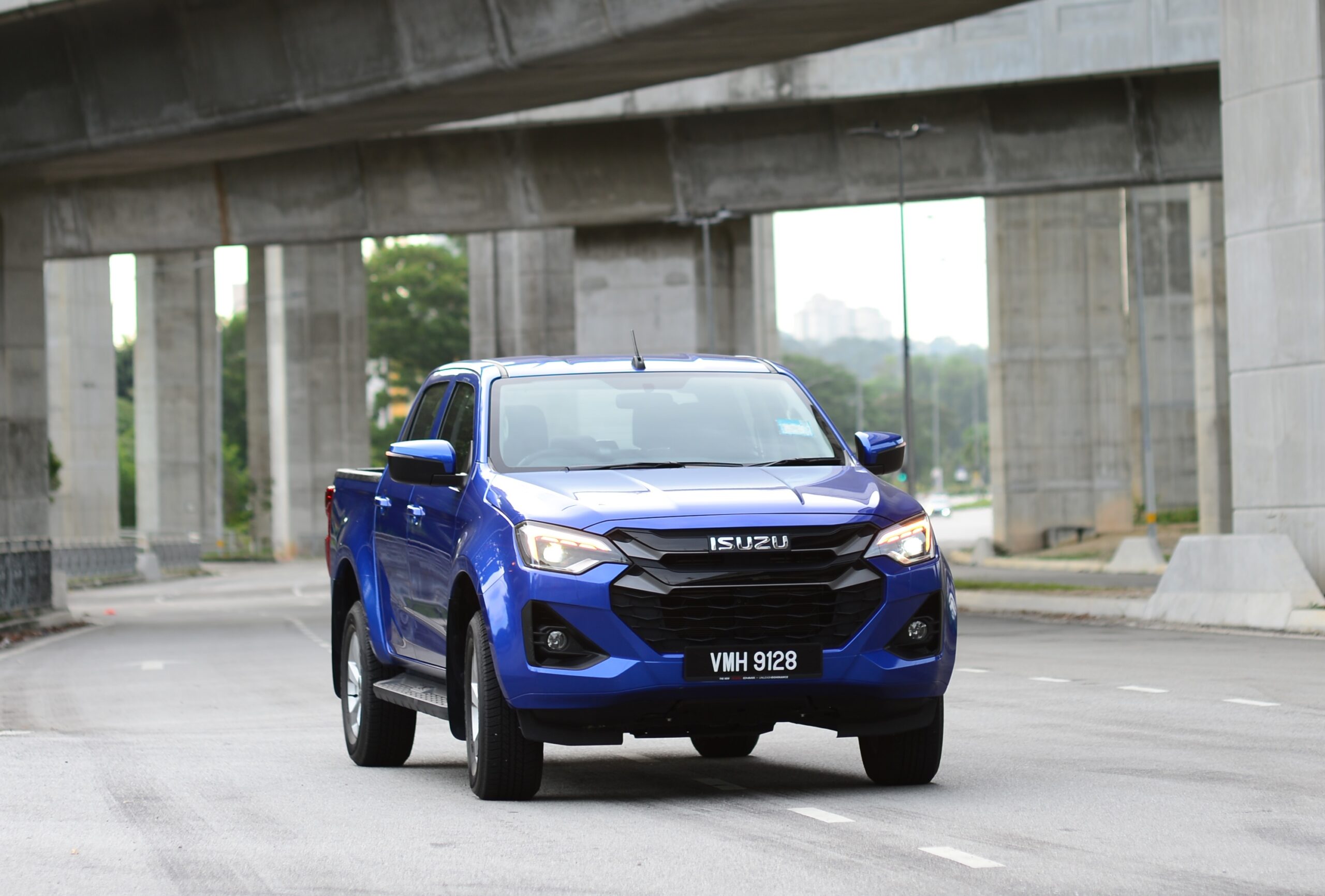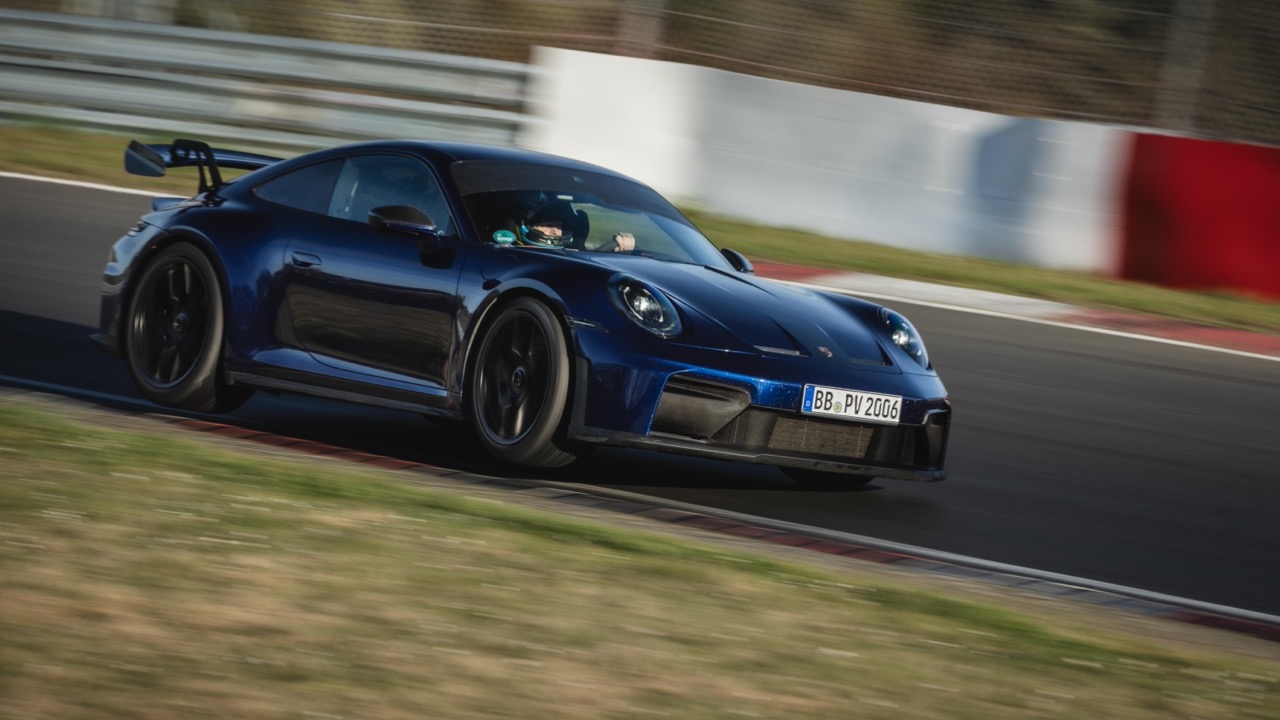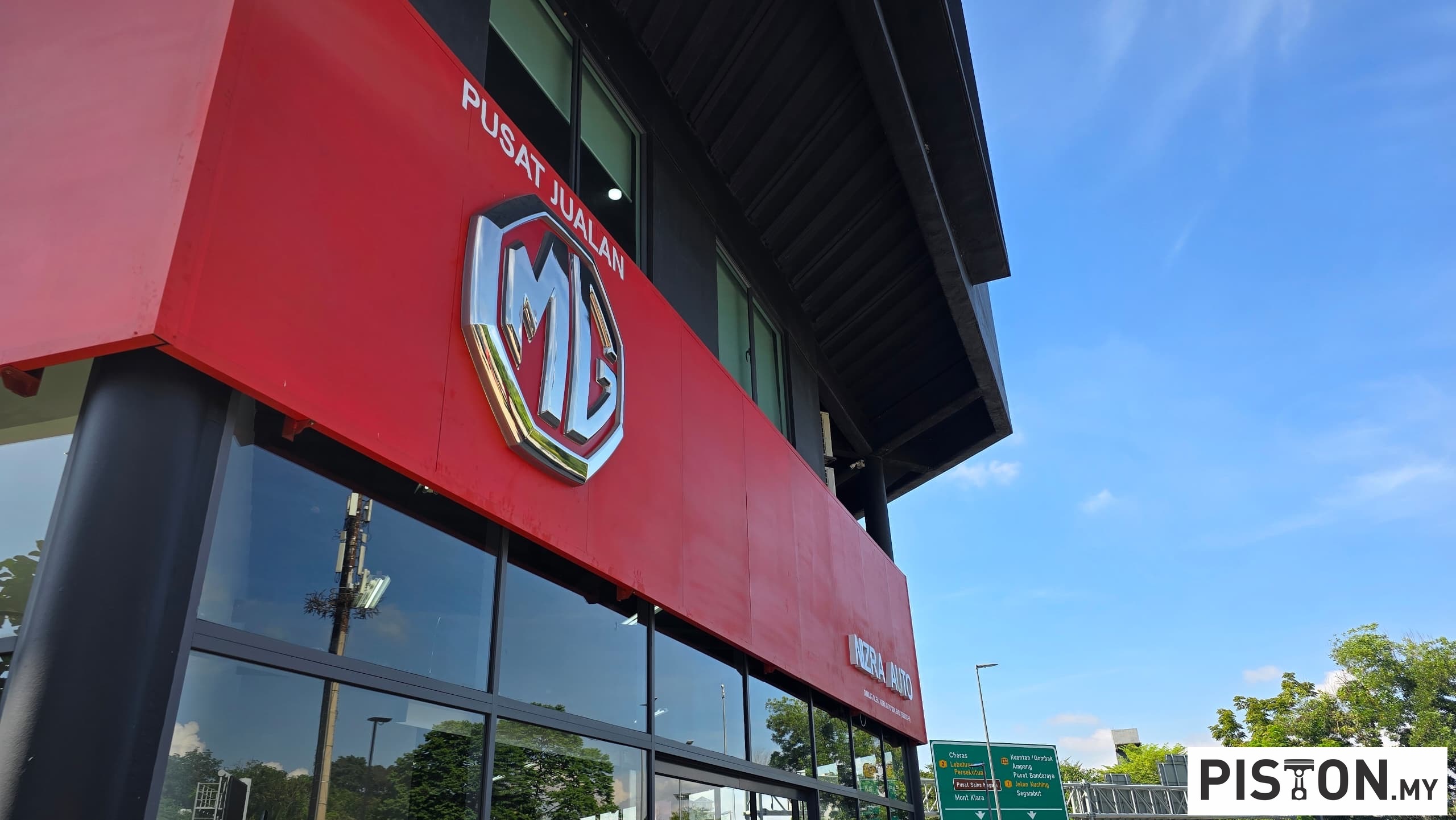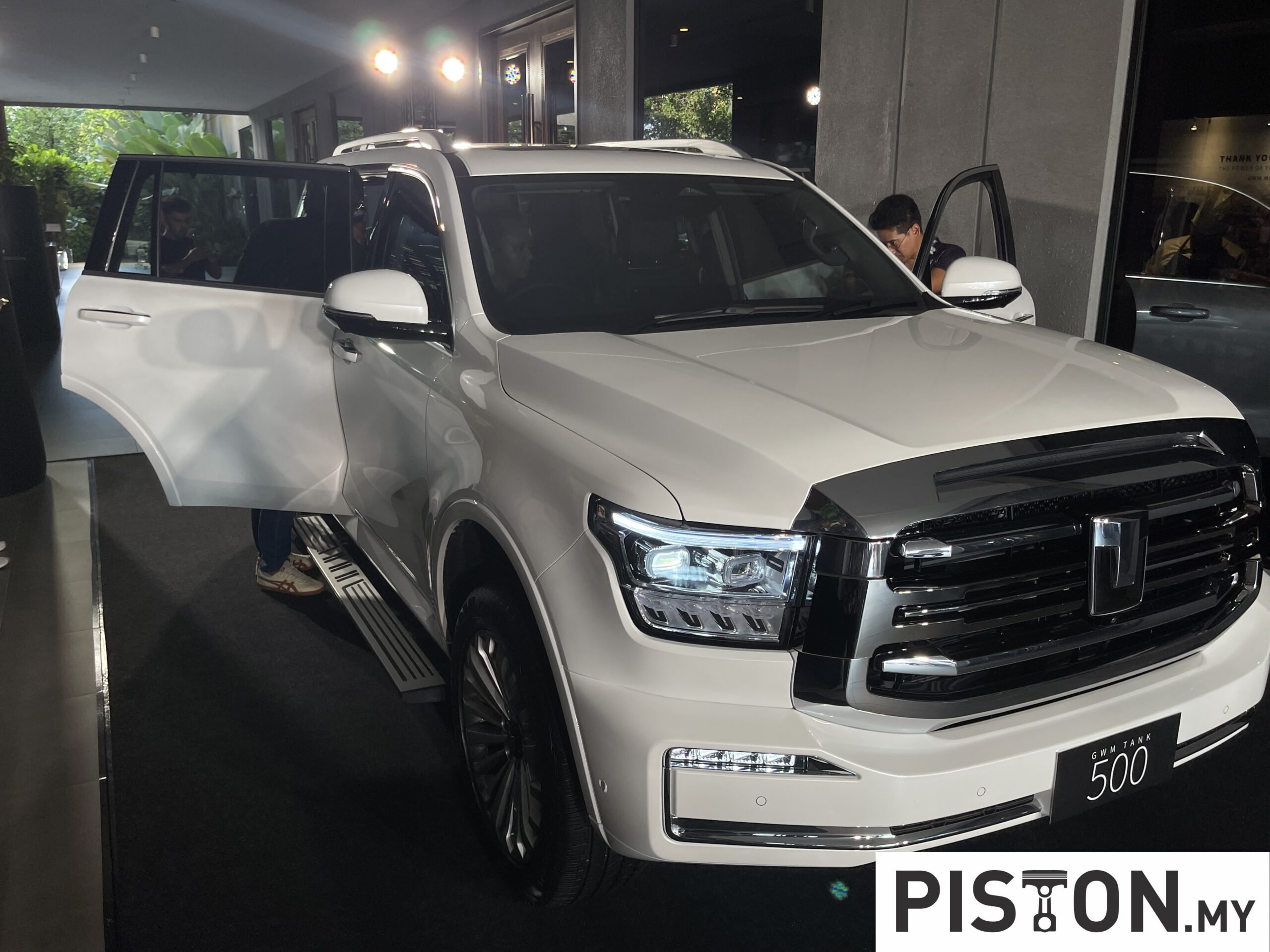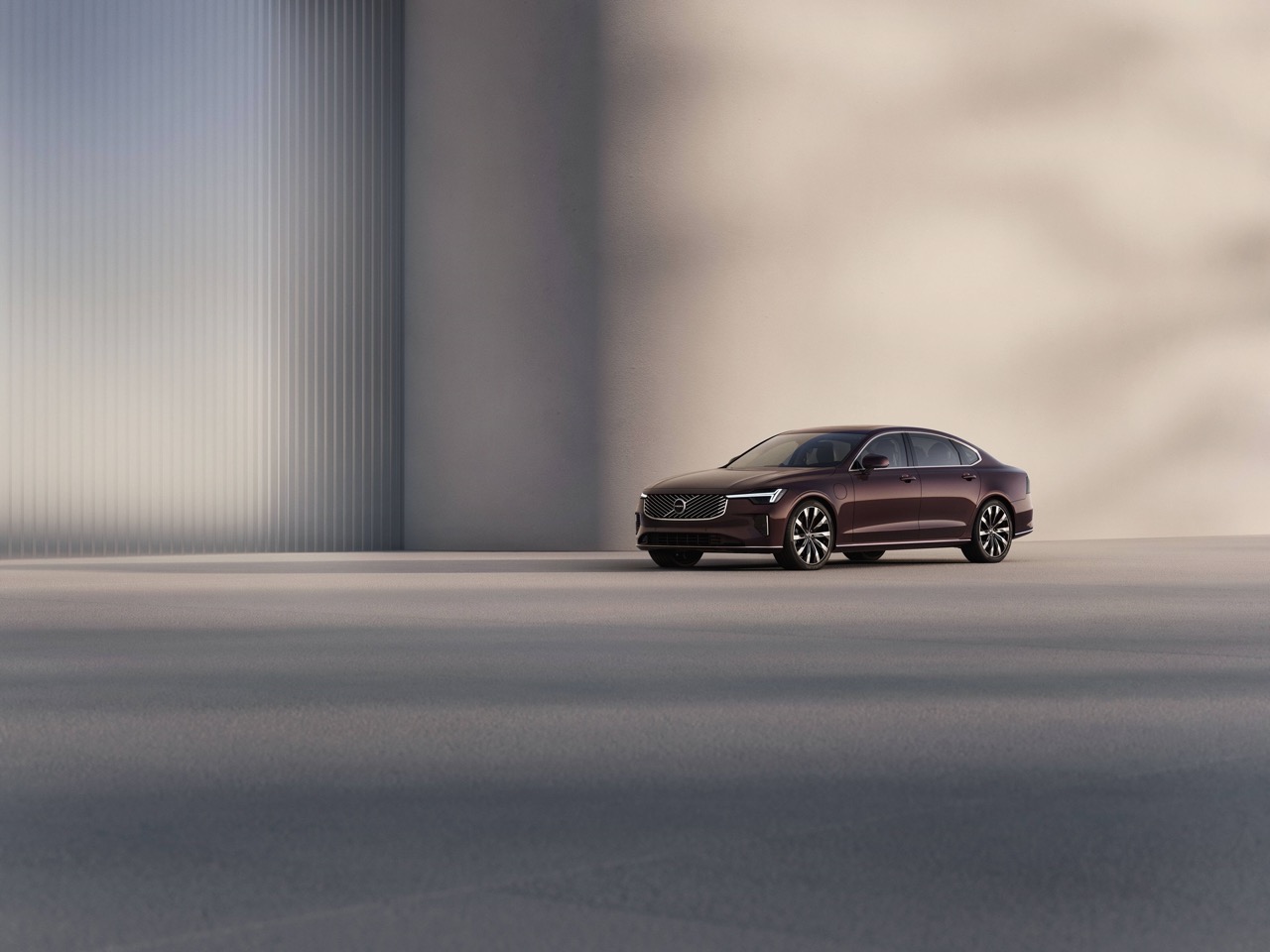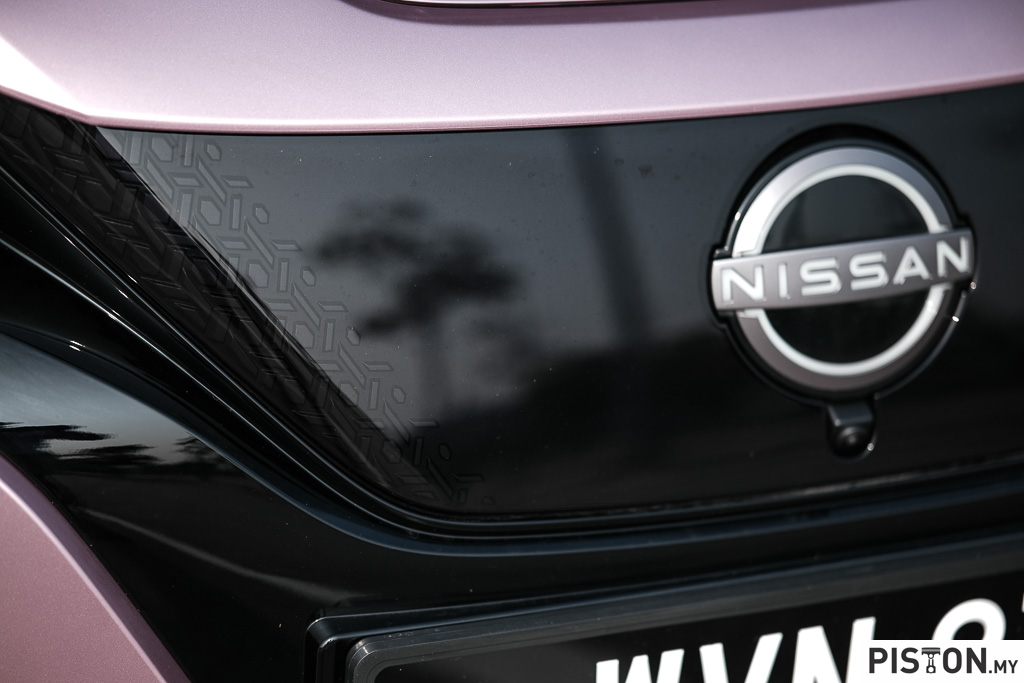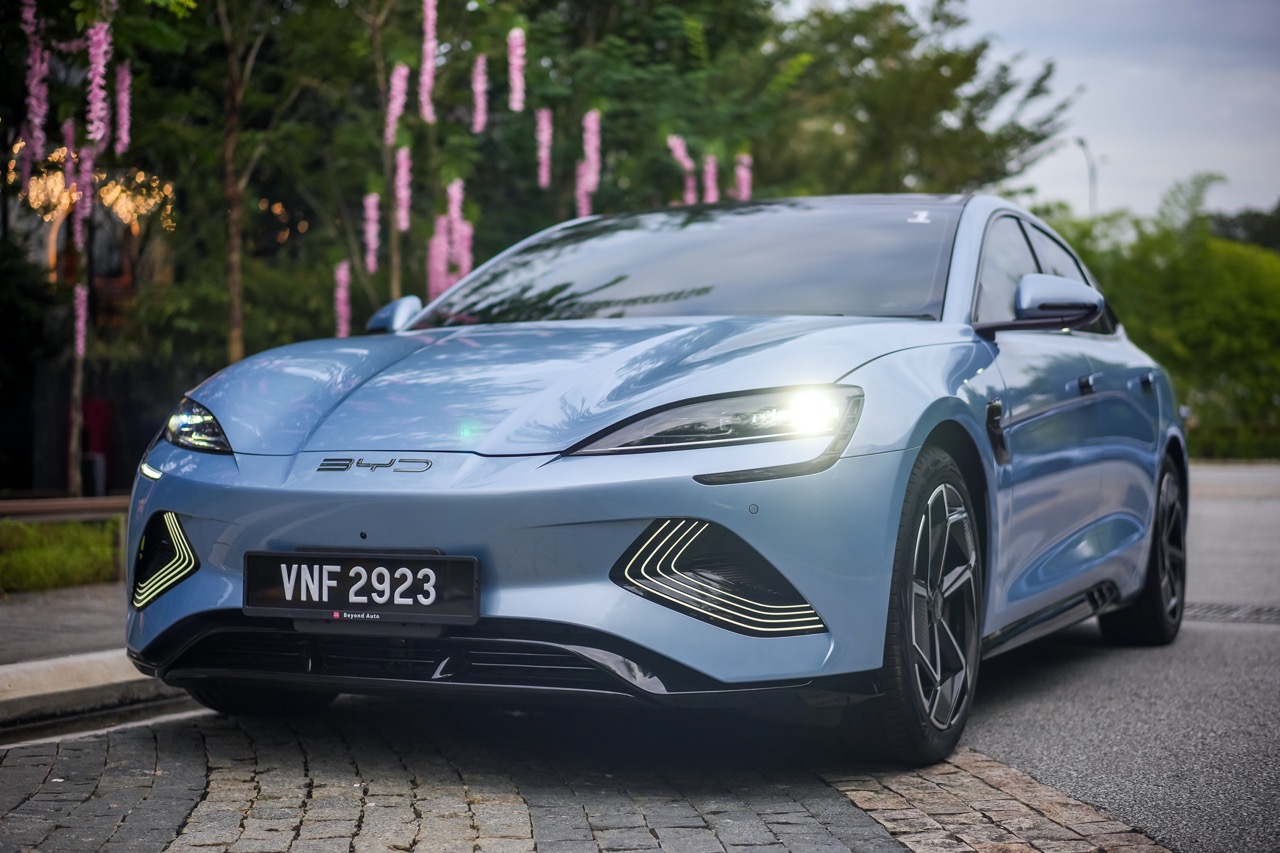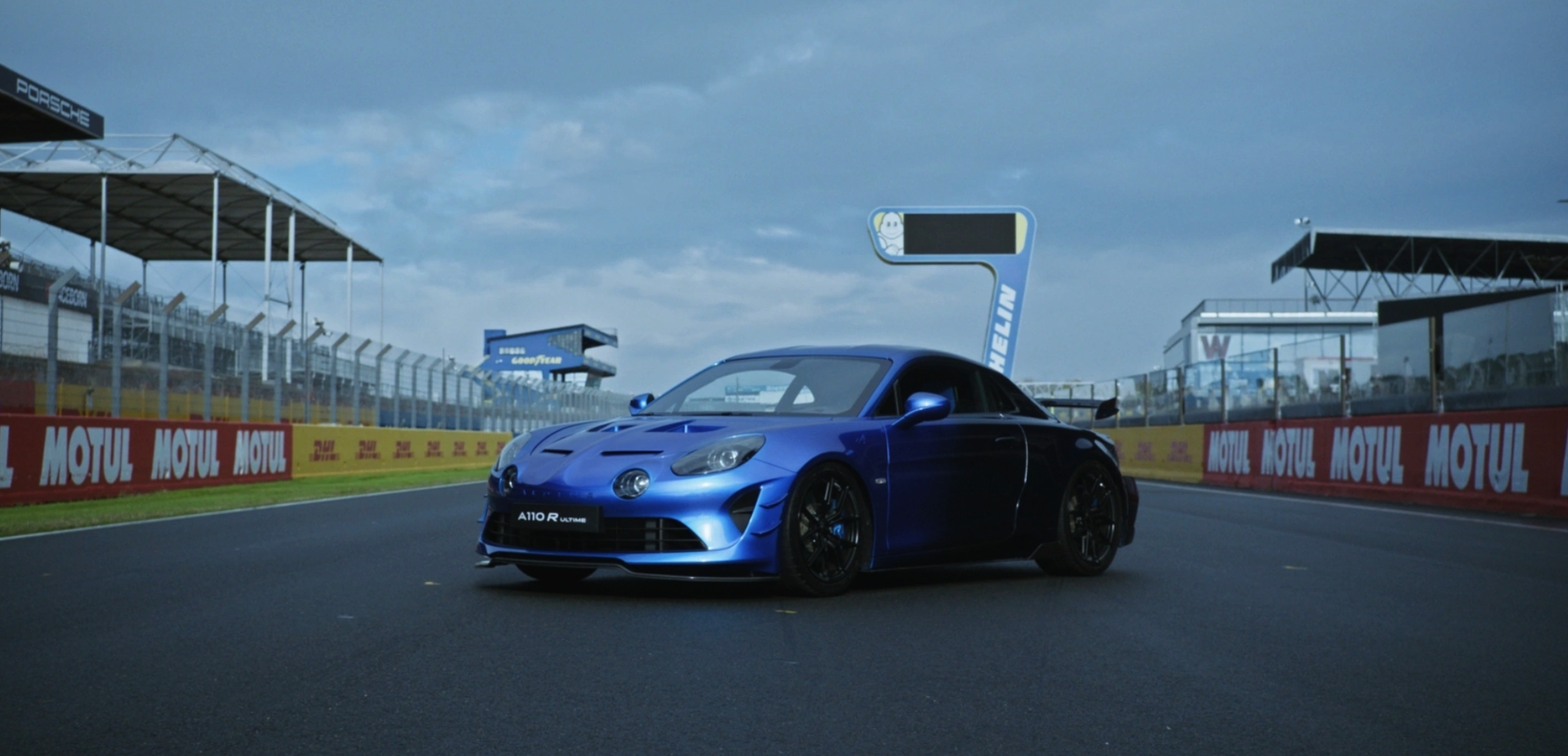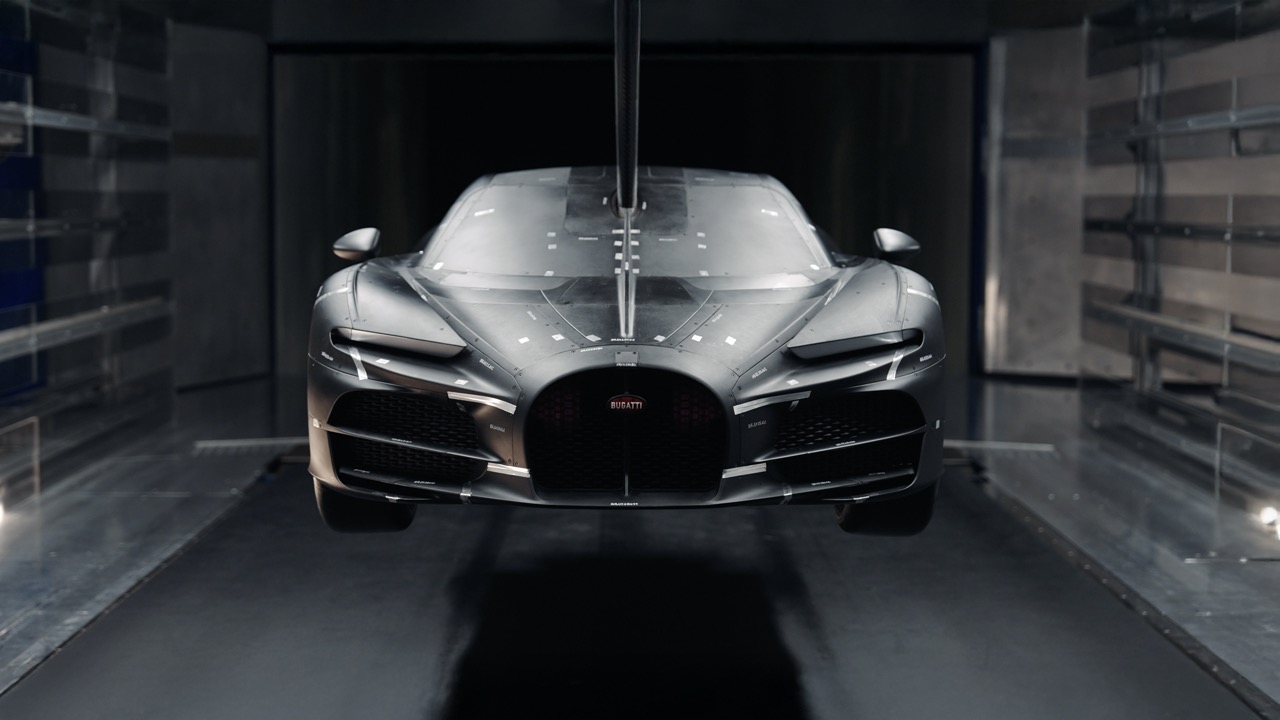One of the longest running environmental program for Malaysian youth has reached its 20th edition this year. It’s the Toyota Eco Youth (TEY) program organised by UMW Toyota Motor (UMWT) in collaboration with the Ministry of Education.
The 20th edition recently came to a satisfying and exciting conclusion with the announcement of the Top 5 winning teams from secondary schools around Malaysia. A total of 16 teams participated in the program which had a revised format and presentation due to the ongoing COVID-19 pandemic. To overcome the new challenges and limitations brought on by the Movement Control Order (MCO), the activities were moved online with interactive e-learning lessons and workshops. In all previous years, TEY activities involved face-to-face interactions but the need for social distancing and to protect each other meant that this approach could no longer be used.
During the online sessions, the participants were trained on project management skills that incorporate Toyota’s Problem-Solving Methodology. This new e-learning approach, conceived within a few months, proved so successful that it will be adopted for future programs.
This year’s program had the theme of ‘Reimagining Mobility’, with the spirit of inclusivity and freedom of ideas as the foundation to this theme which depicts the creation of safe and eco-friendly mobility.
The winning teams
Following the final judging phase after each of the 10 finalists made their respective ‘pitches’ with live presentations on May 29, 2021, the winning teams were chosen. They are, in first place, Maktab Tentera Diraja, Kuala Lumpur (We-Sea-It Smart Tool); second place, SMAP Labu, Negeri Sembilan (UCOnverter Smart Tool); third place, SMK Kubang Kerian, Kelantan (Recybin App); fourth place, SMK Chung Hua, Sarawak (Recyclo Smart Tools), and in fifth place, SMJK Katholik, Selangor (MOSS AFV Smart Tools).

SMK Saujana Utama, Selangor won recognition for the ‘Best Community Engagement’, with Noor Liyana Shamsudin from Maktab Tentera Diraja nominated as the ‘Most Supportive Teacher’. Three students were selected as the Top ‘Agent M’ – Hani Nabila from SMAP Labu, Negeri Sembilan; Lim Bo Jing from SMJK Katholik, Selangor and Muhammad Uwais Darwis from SMK Majakir, Sabah.
Increased prize money
For 2021, the total prize money has been doubled to RM64,000 to further reward ingenuity amongst the youth. This year, the winning team received RM20,000 in cash, followed by RM15,000 for second place; RM 10,000 for third place; RM7,000 for fourth place and RM5,000 for fifth place. The Most Supportive Teacher was rewarded with RM3,000 and RM1,000 each was offered for Best Community Engagement and Top Agent M.
The Closing Ceremony was conducted live via a virtual platform with Dato’ Haji Adzman bin Talib, Deputy Director-General of Education Malaysia (School Operational Sector), Ministry of Education, as the Guest of Honour. Also present for the virtual gathering was Mohd. Shamsor Mohd. Zain, Director of Marketing, UMW Toyota Motor, as well as other senior representatives from the Ministry of Education and UMWT.
Holistic learning experience
“This year’s Toyota Eco Youth program reflected the adaptability of the new generation to embrace technological advancements and take on an innovative approach in solving the environmental problems. The fundamental training which is the Toyota Problem-Solving methodology was done virtually and I’m proud to say that all students were extremely receptive towards it,” said Encik Mohd Shamsor.
“Throughout the program, with the guidance of teachers and mentors, the participants would have learnt team spirit, confidence, communication, presentation skills, all of which encompass a more holistic learning experience,” he added.
The well-thought proposals of the 16 teams were posted on social media channels for the public to view. Additionally, each team developed a podcast episode presented on the TEY Channel in two platforms – Agency on Leaderonomics FM and On TEY Channel.
Winners continue involvement
For the winners, the program does not end, as it did in previous years. The duration of the program will now be for 3 years and the winners from the 2020/2021 edition will continue as facilitators for the following year’s batch. They will thus be able to contribute their experience to the next batch. At the same time, digitalization of TEY is taken up a notch by setting up a TEY Apprentice online club.
About the Toyota Eco Youth program
Over the course of two decades, participants in the TEY have included 258 schools, 1,910 secondary school students and 762 teachers. Each year, challenging and interesting themes have been provided, and participants have come up with interesting, innovative solutions and proposals applicable to their school or community. Over RM7 million has been spent by UMWT to run the program annually.
“Toyota Eco Youth is a unique event in the Toyota world. Toyota Motor Corporation and UMW Toyota Motor are proud to be playing a part in cultivating environmental consciousness and innovative thinking for the young generation. It is assuring to know that the next generation will be ready to face new challenges that arise as we all strive to make our planet a better place for everyone,” said Akio Takeyama, Deputy Chairman of UMW Toyota Motor.
Toyota to build a prototype city of the future in Japan! (w/VIDEO)








